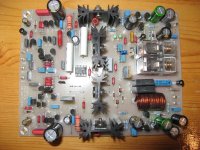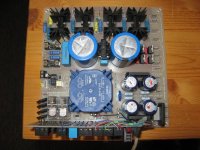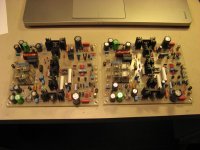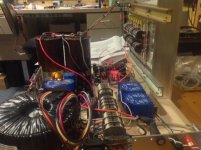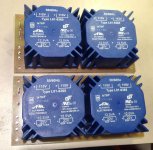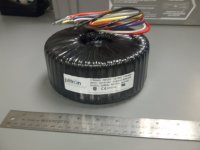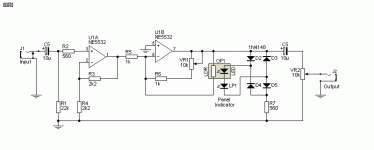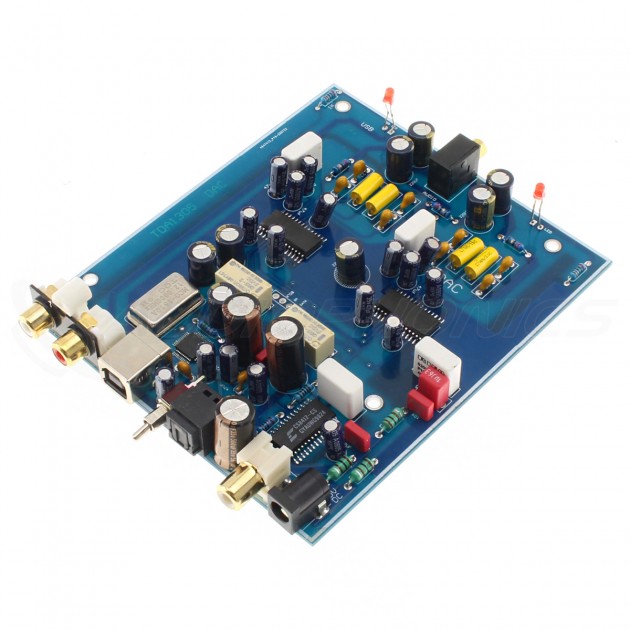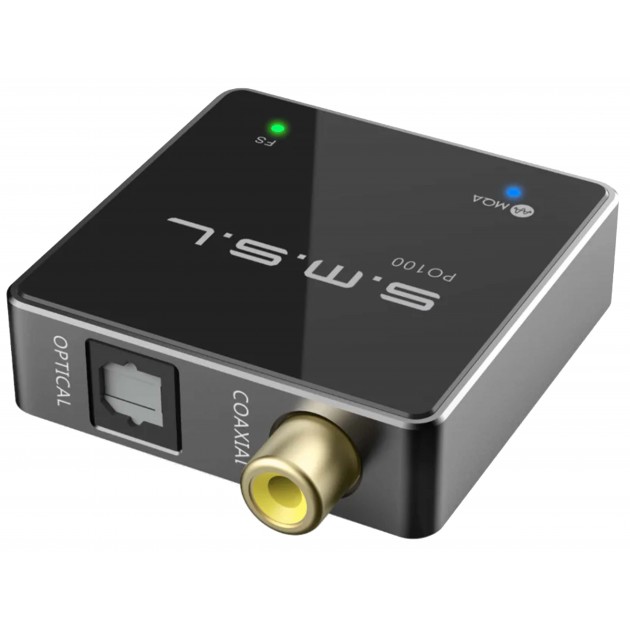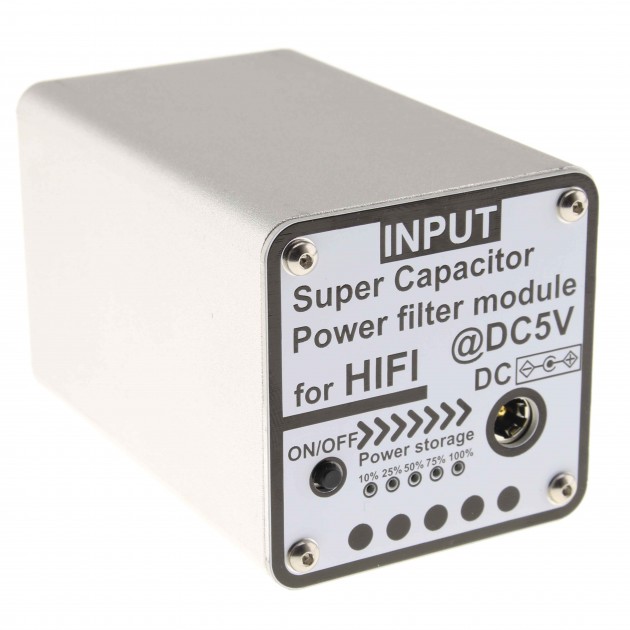Change user name
- By GOES211
- Forum Problems & Feedback
- 43 Replies
Good evening.
Can I change my user name to GOES211?
Thank you in advance.
Richard
Can I change my user name to GOES211?
Thank you in advance.
Richard

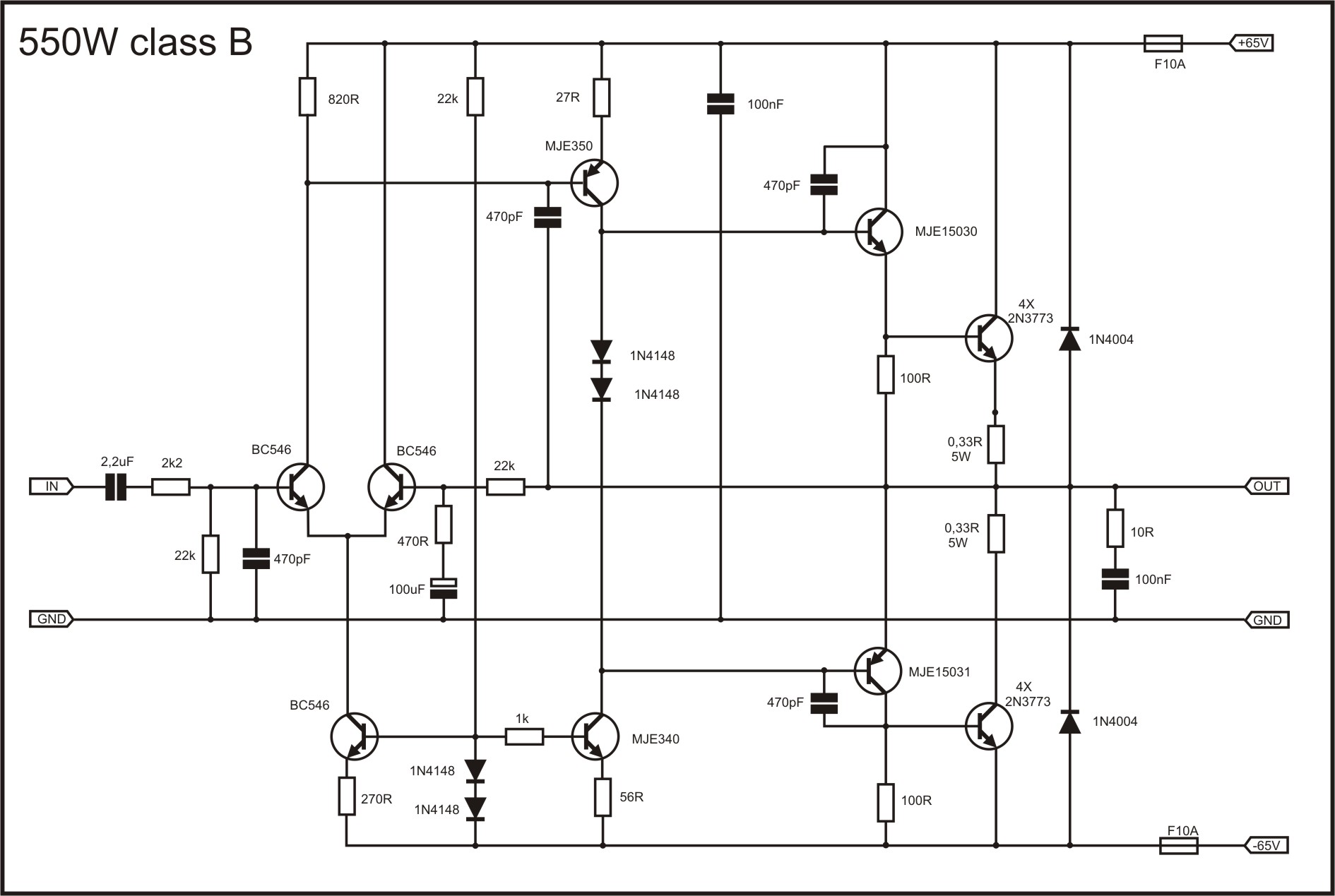
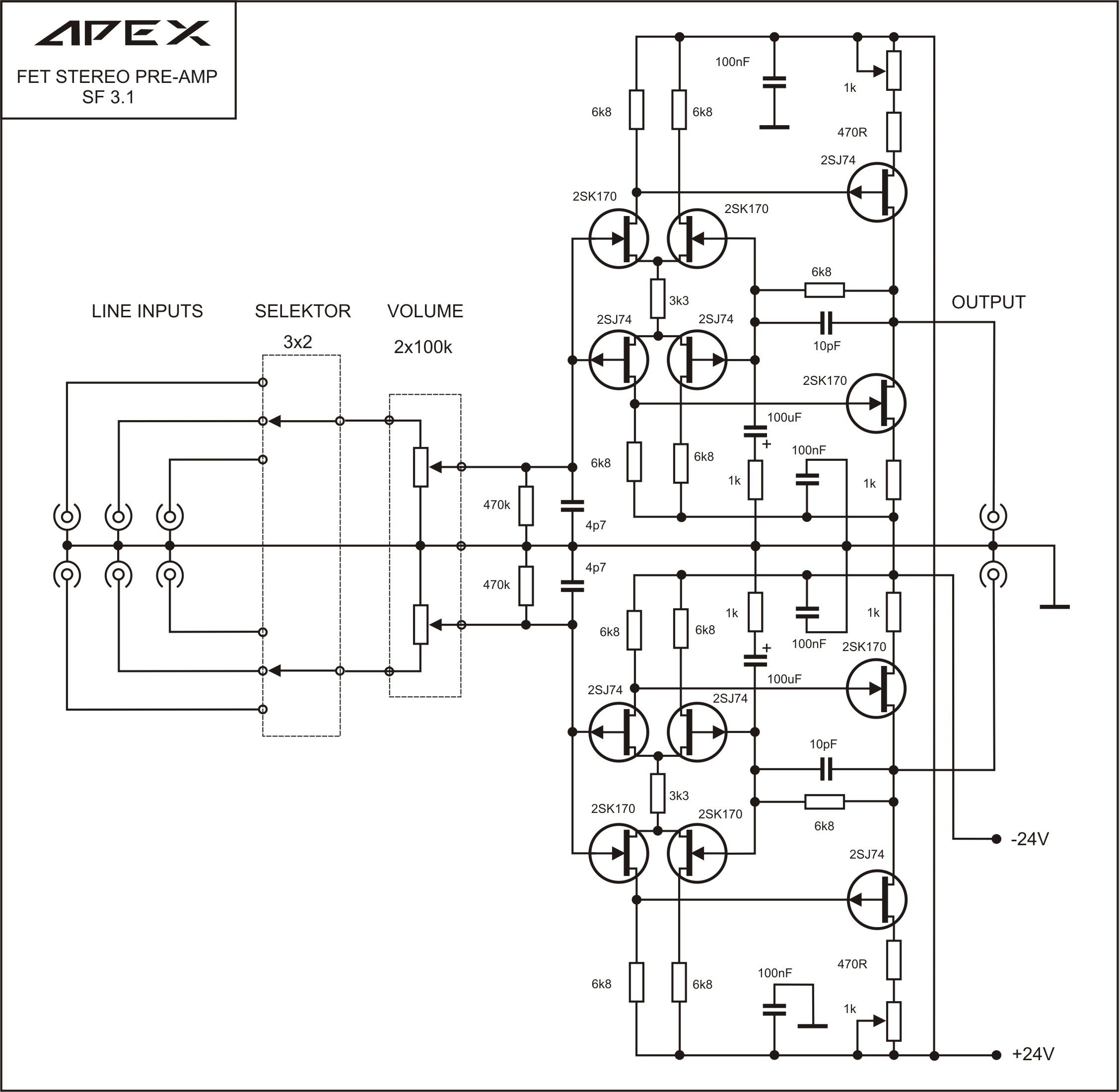
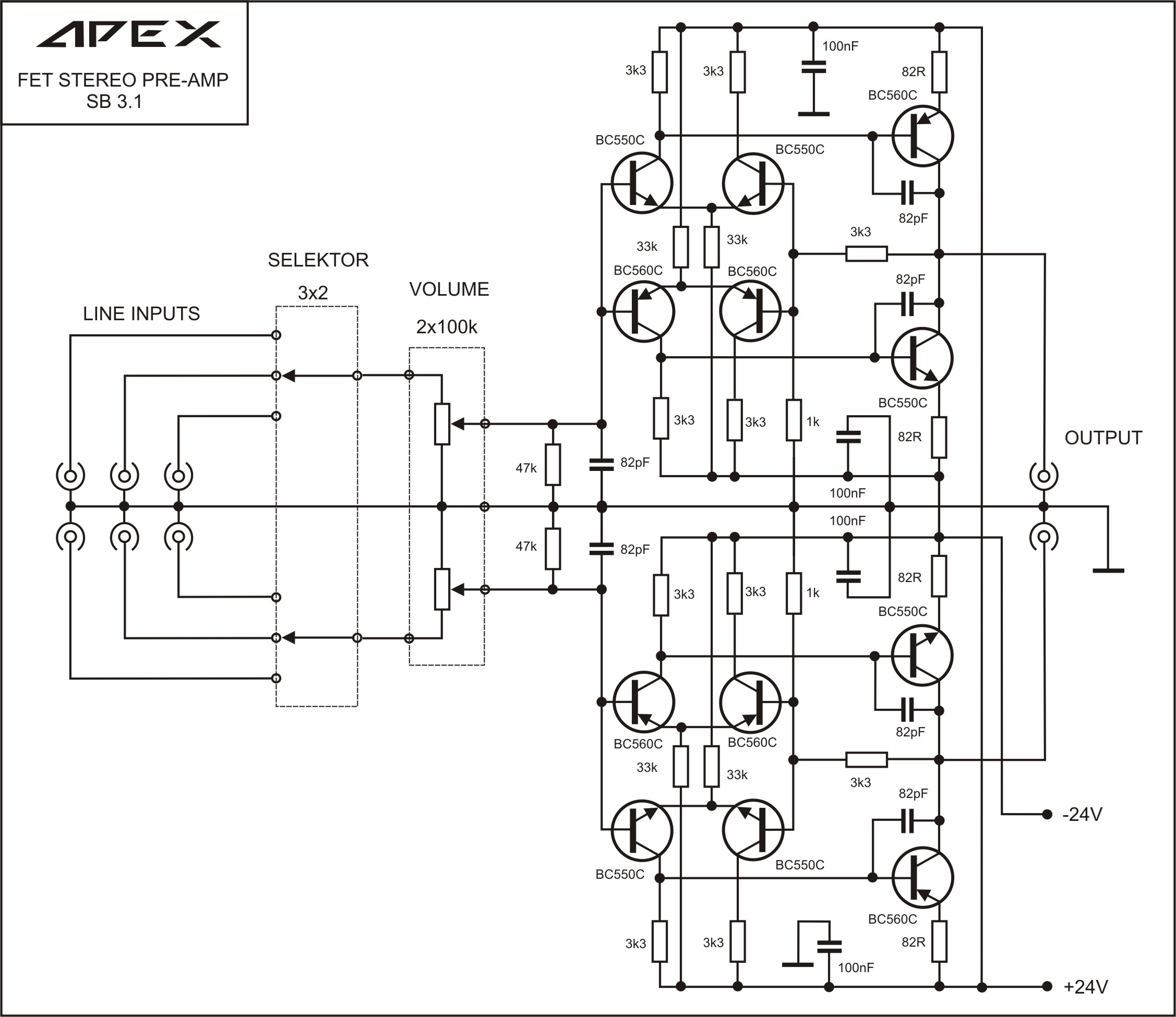
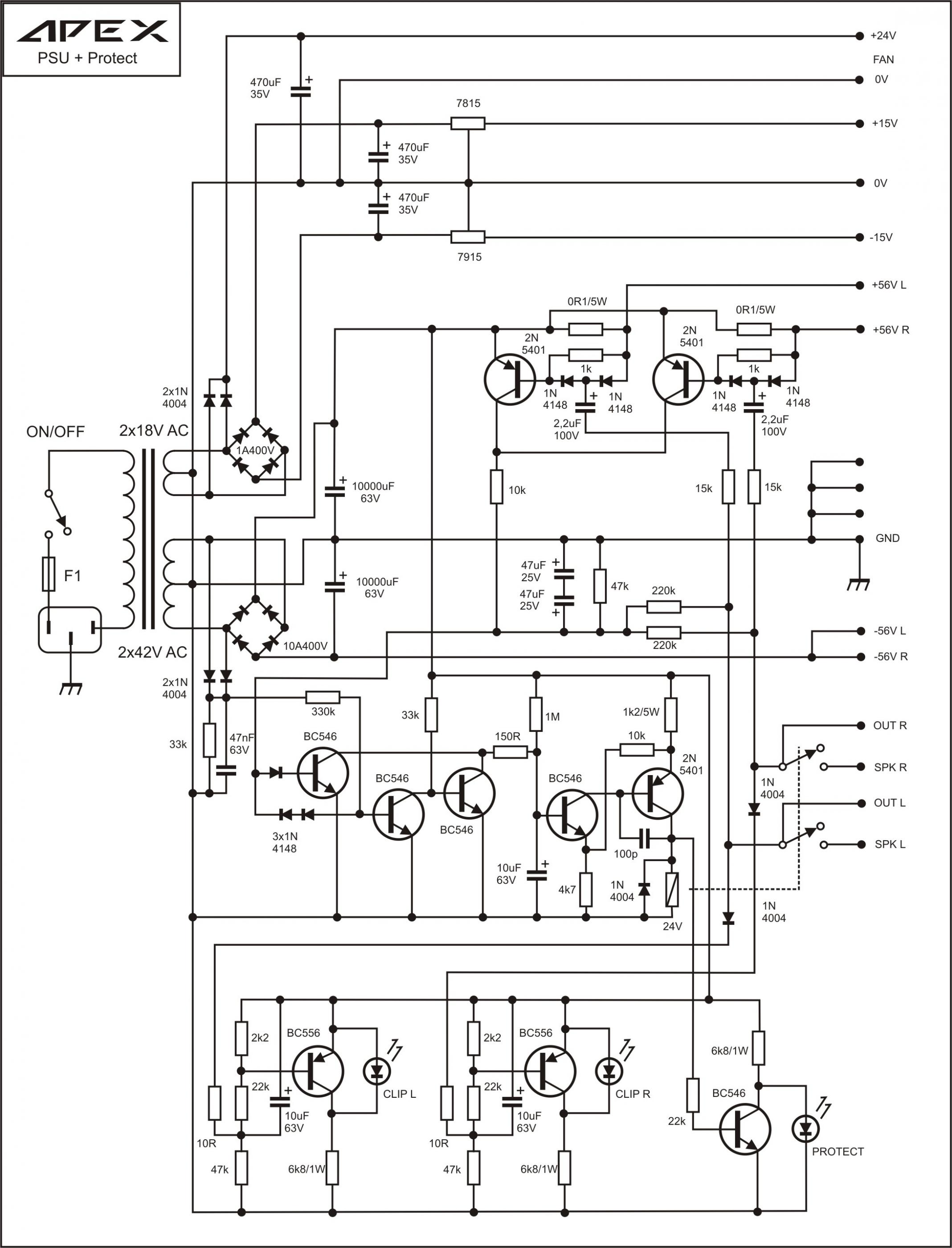
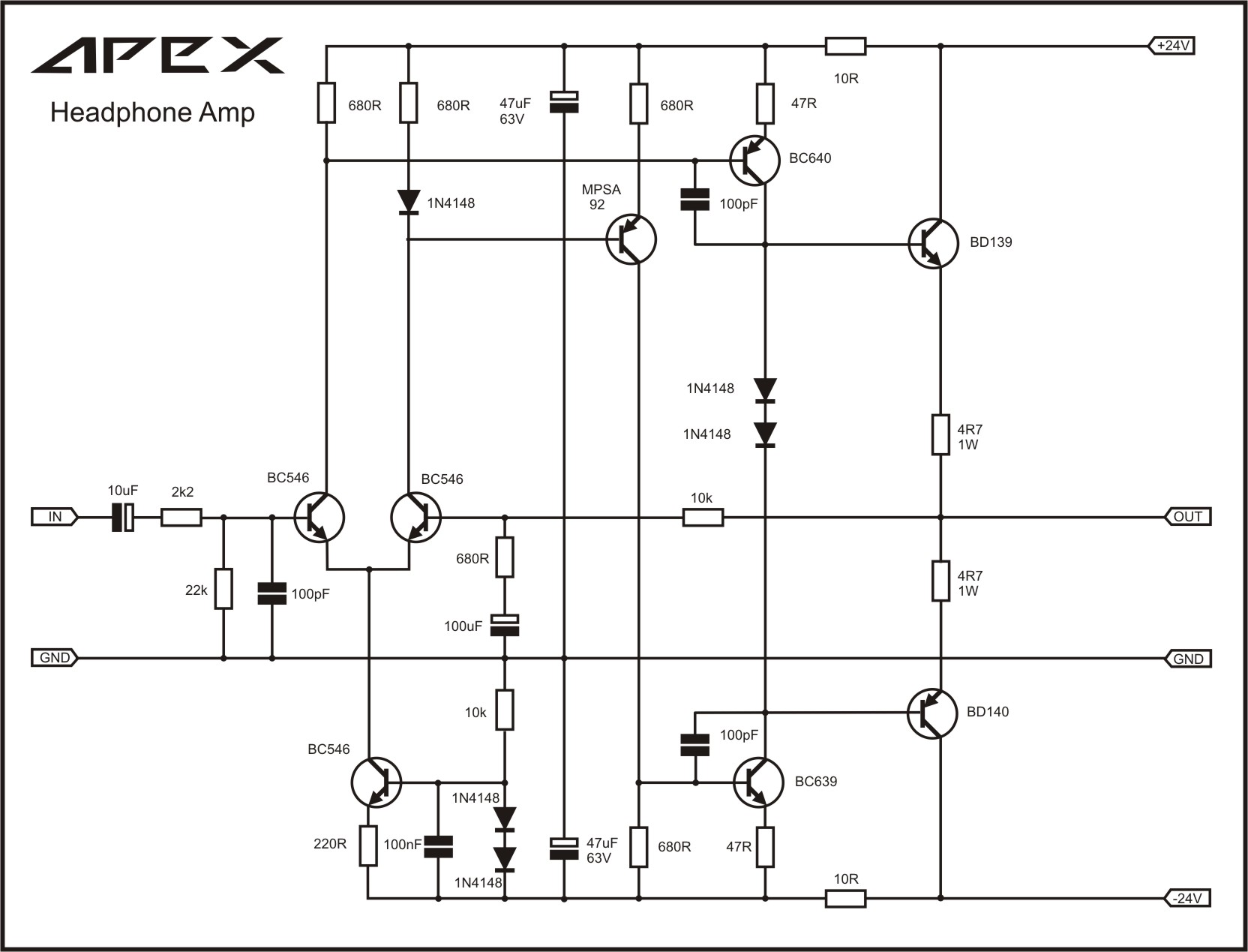
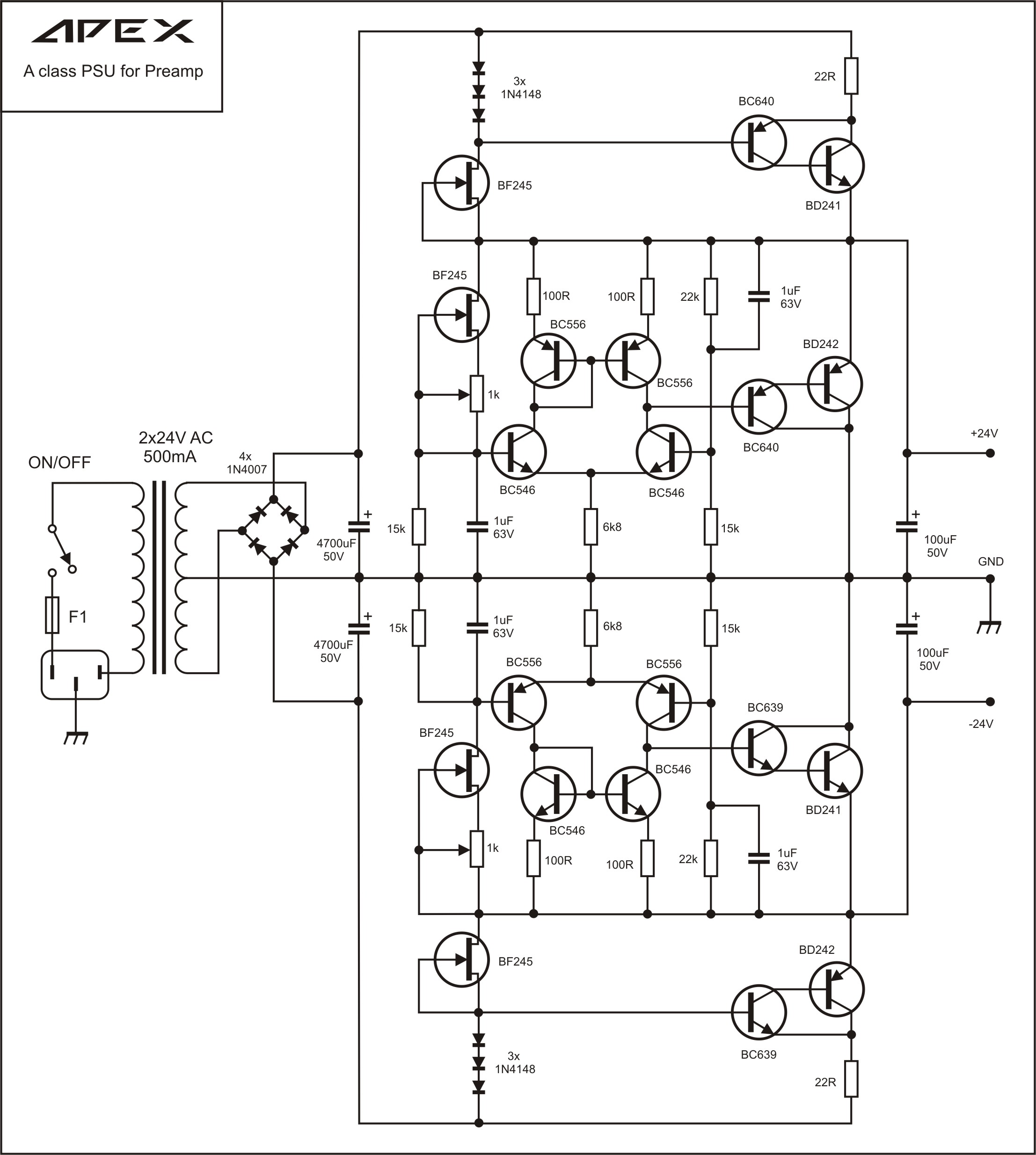
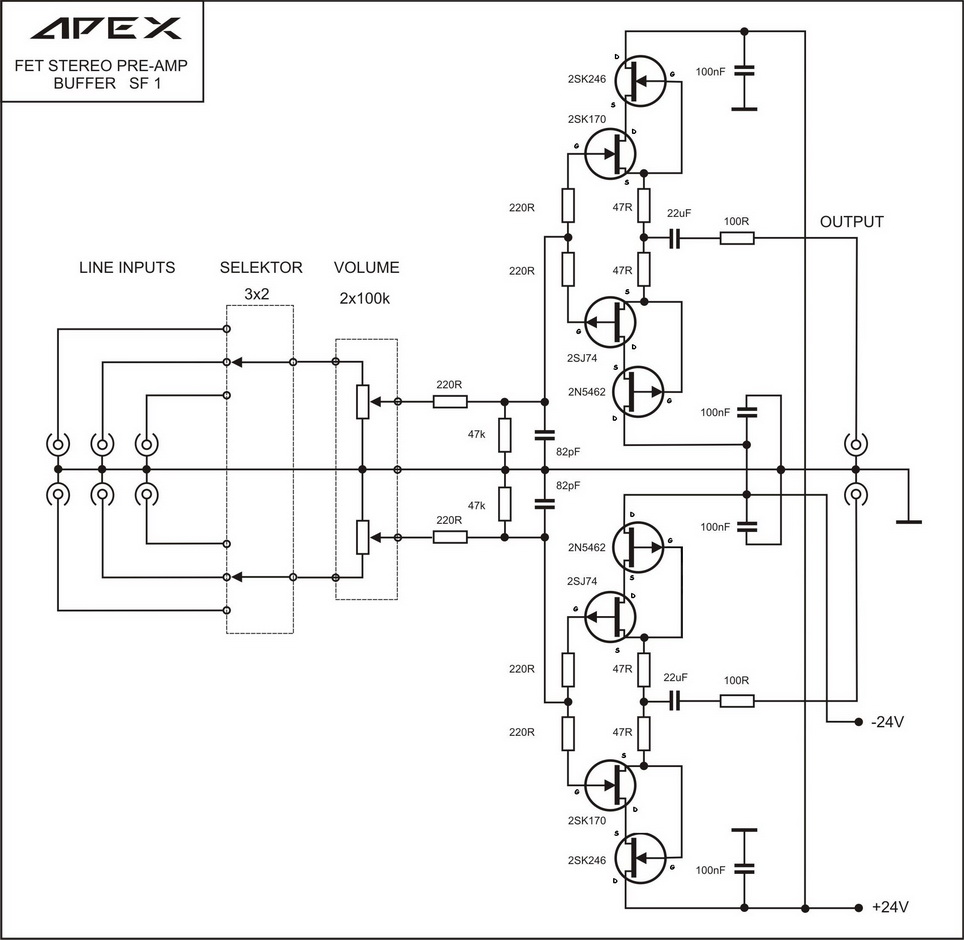
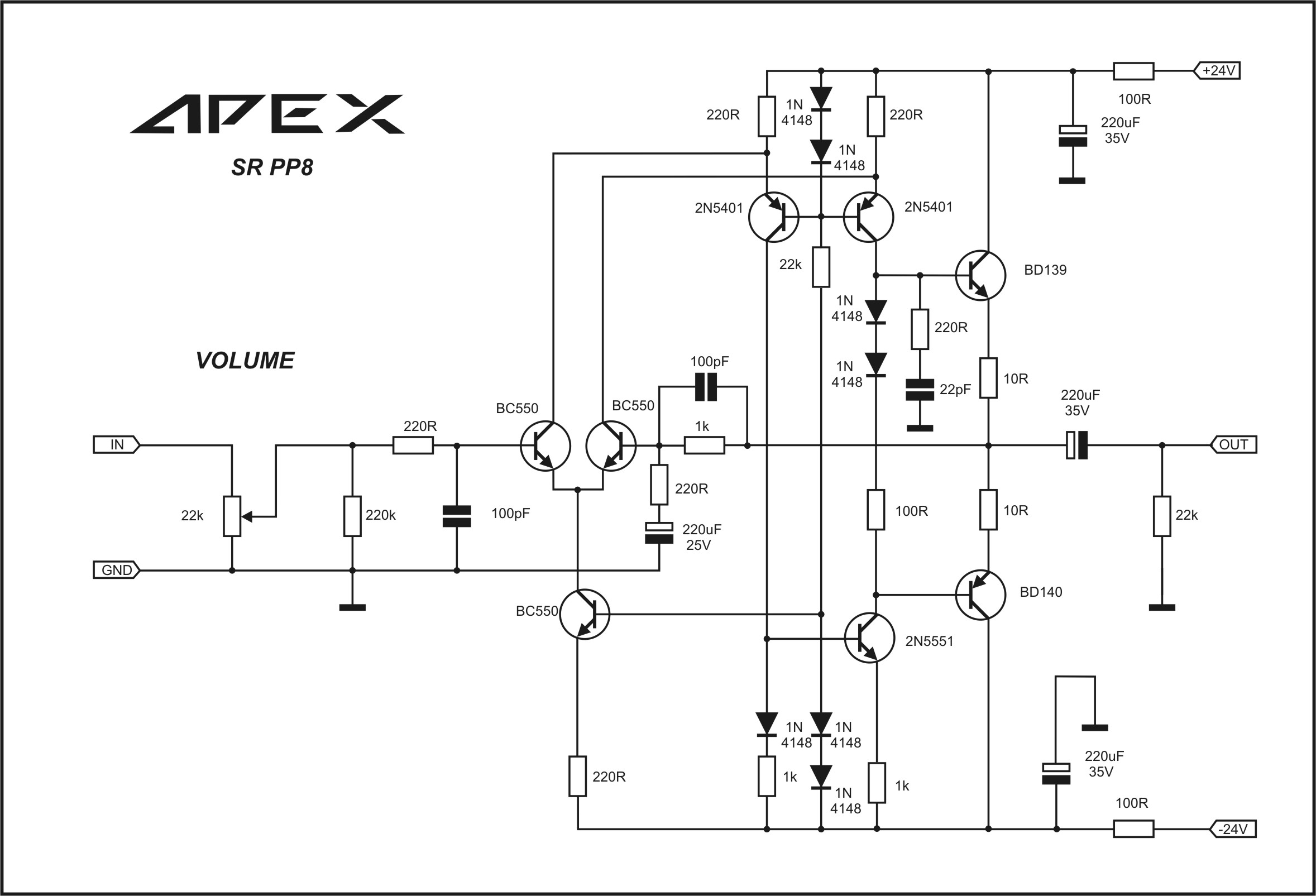
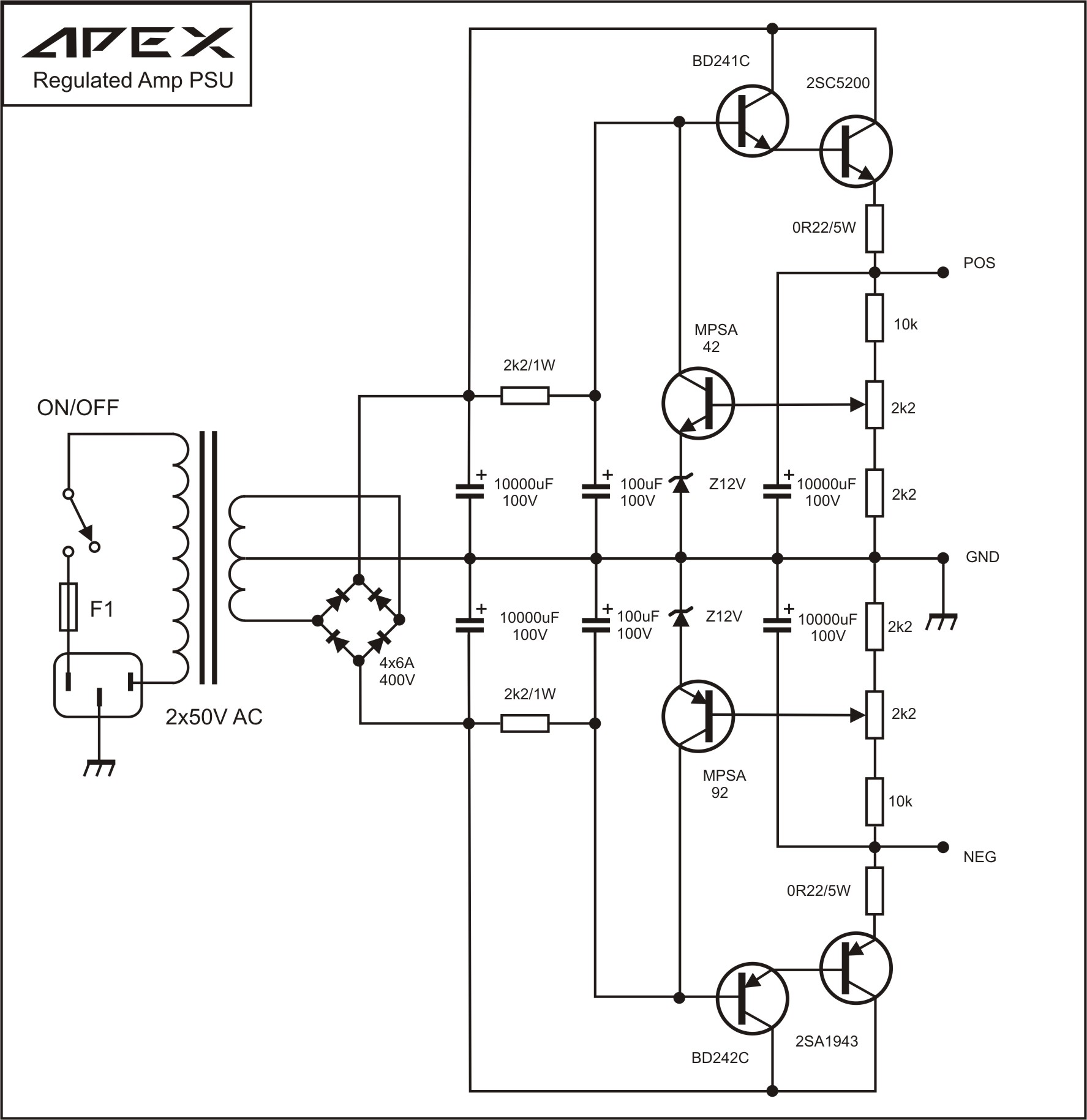
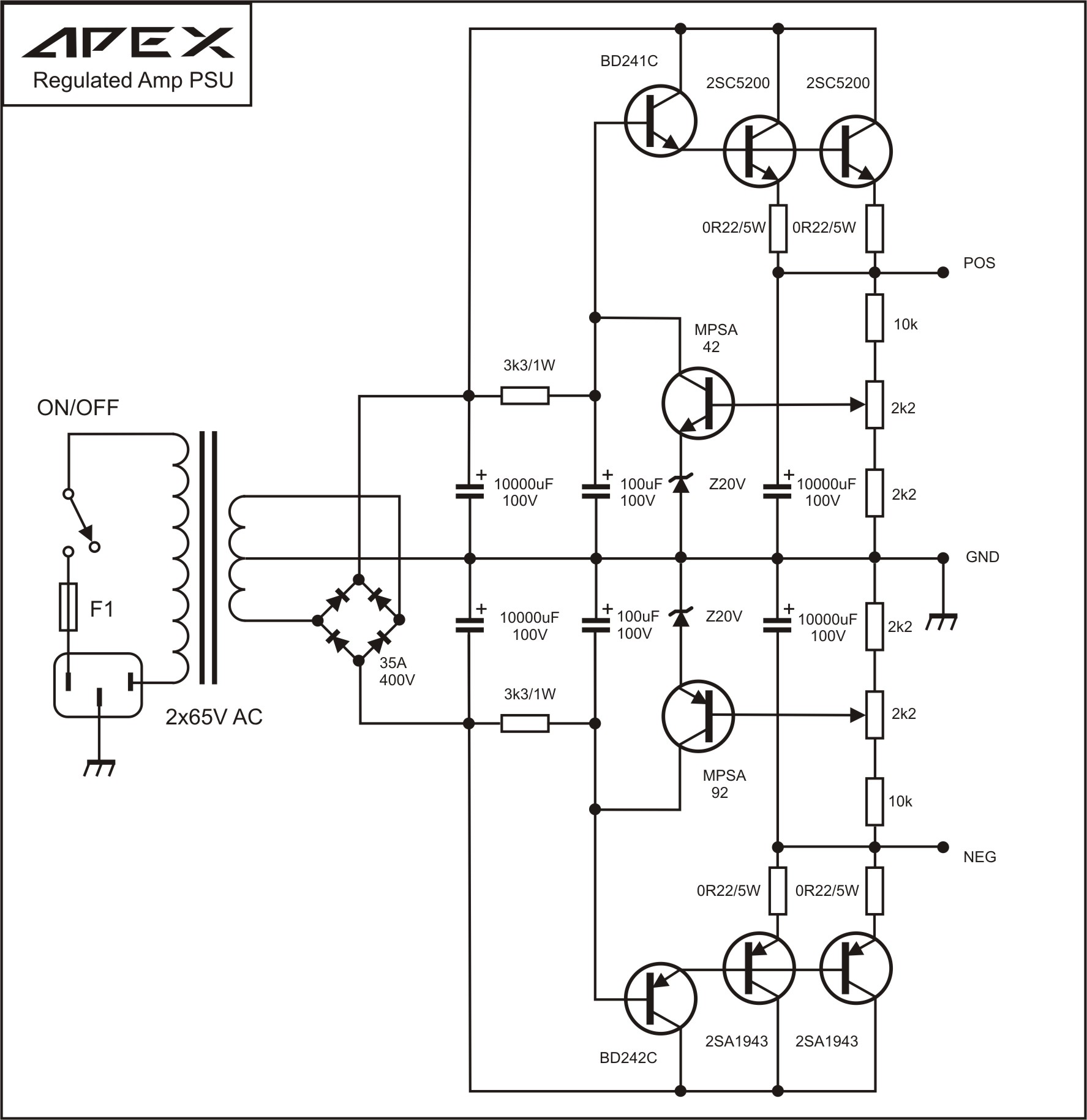
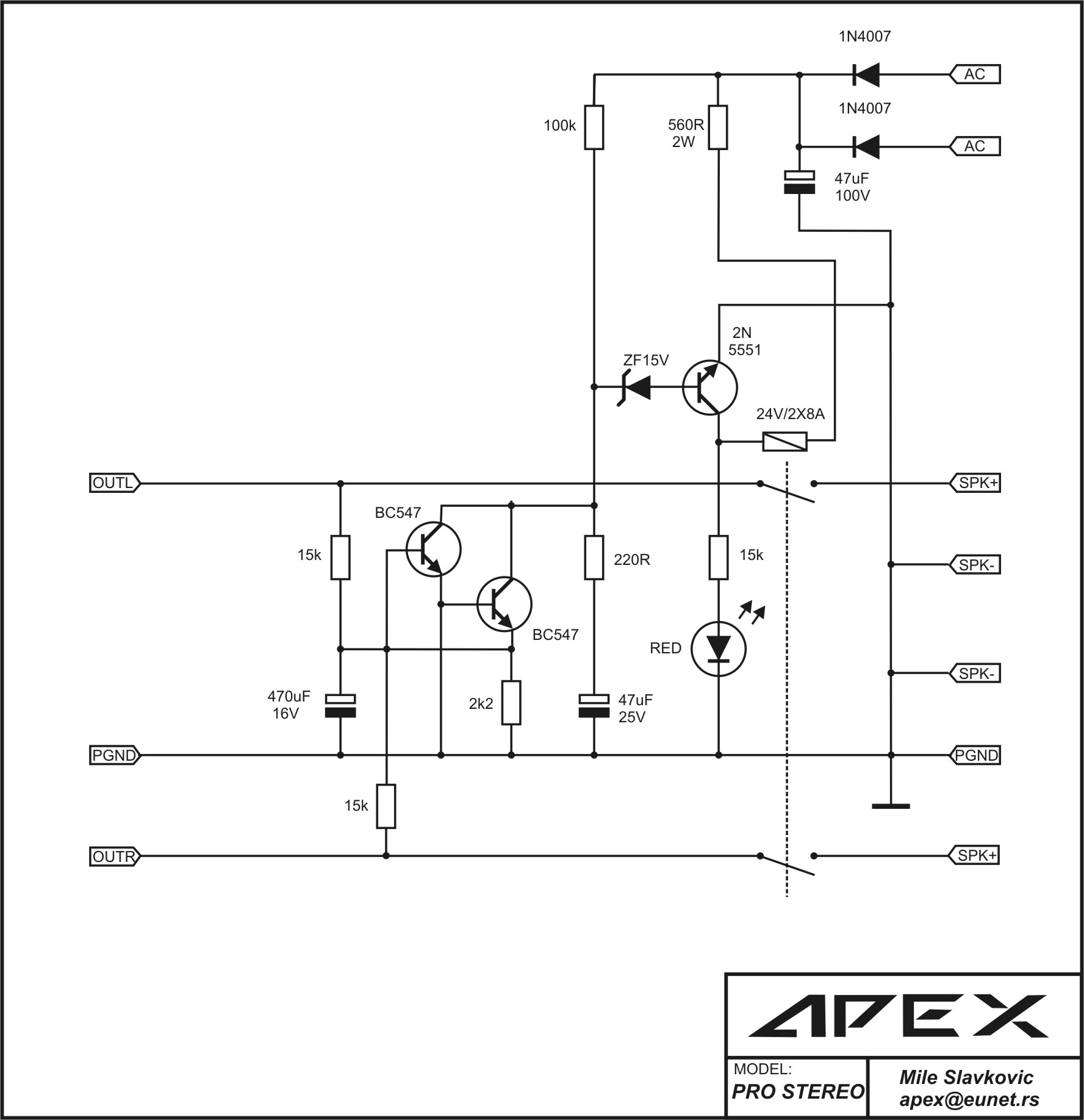
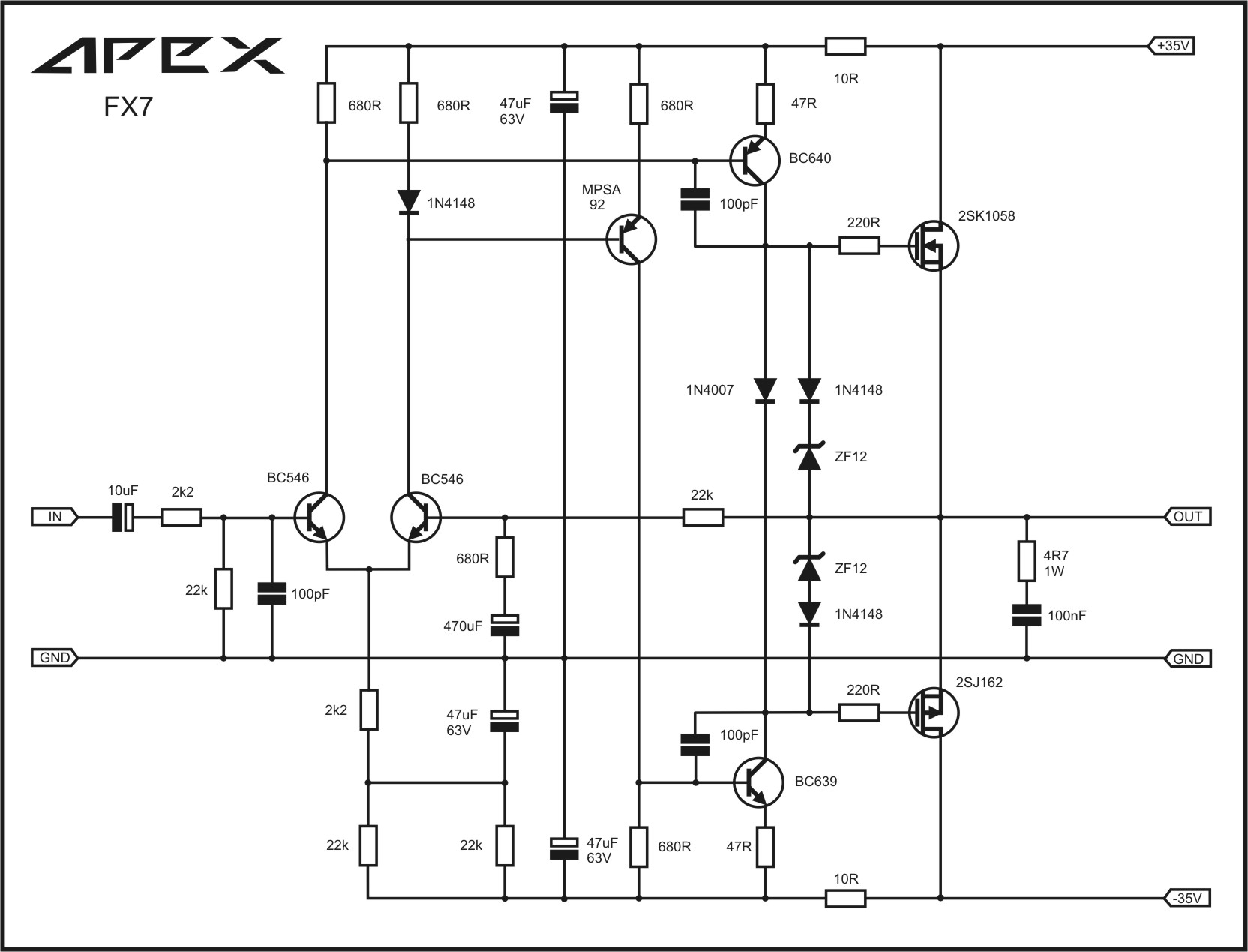
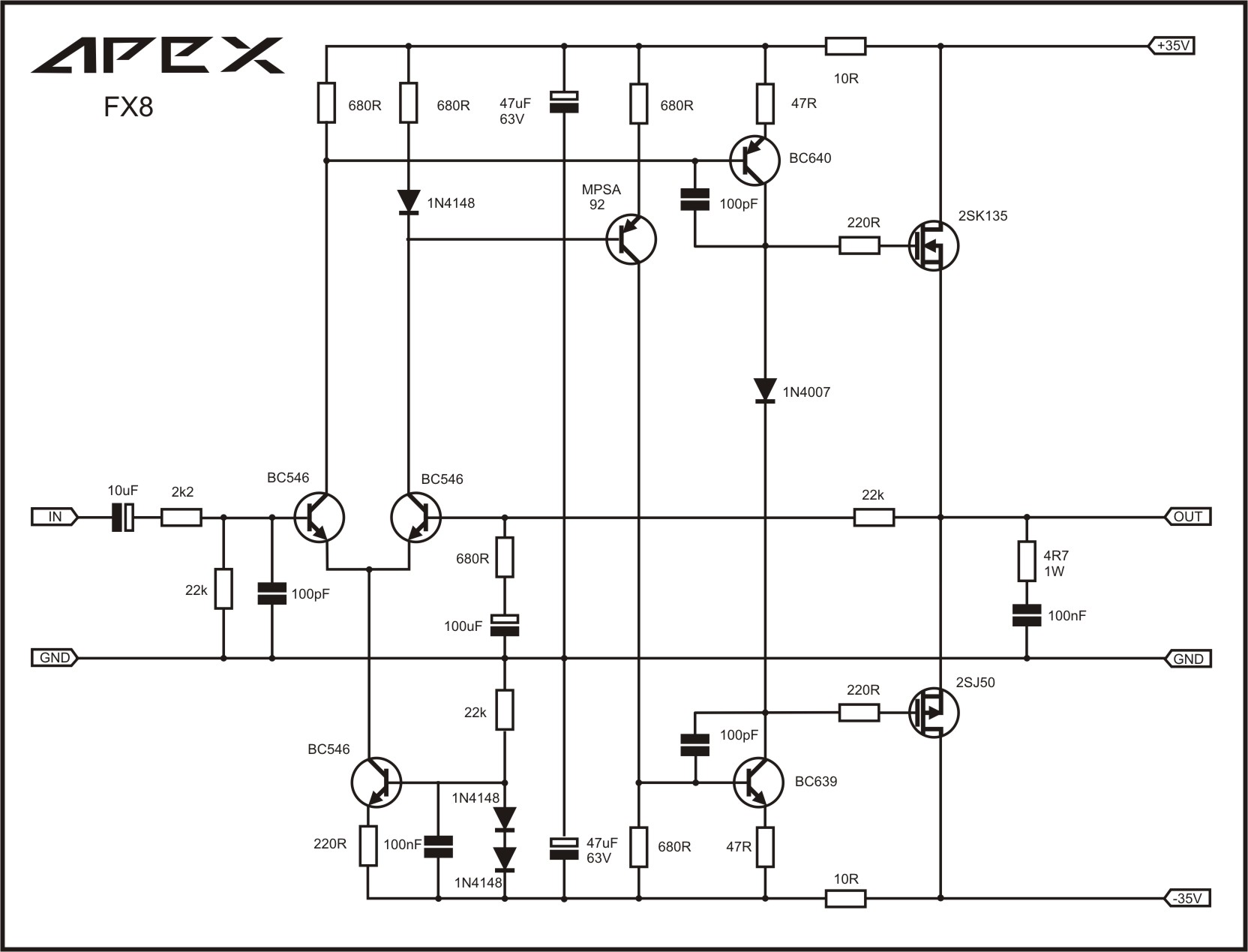
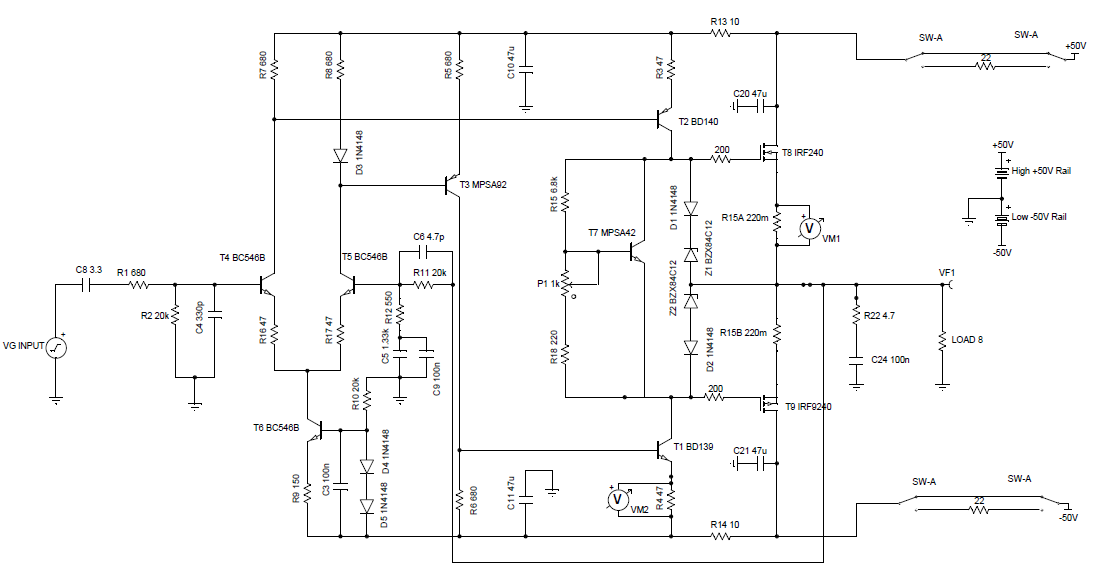
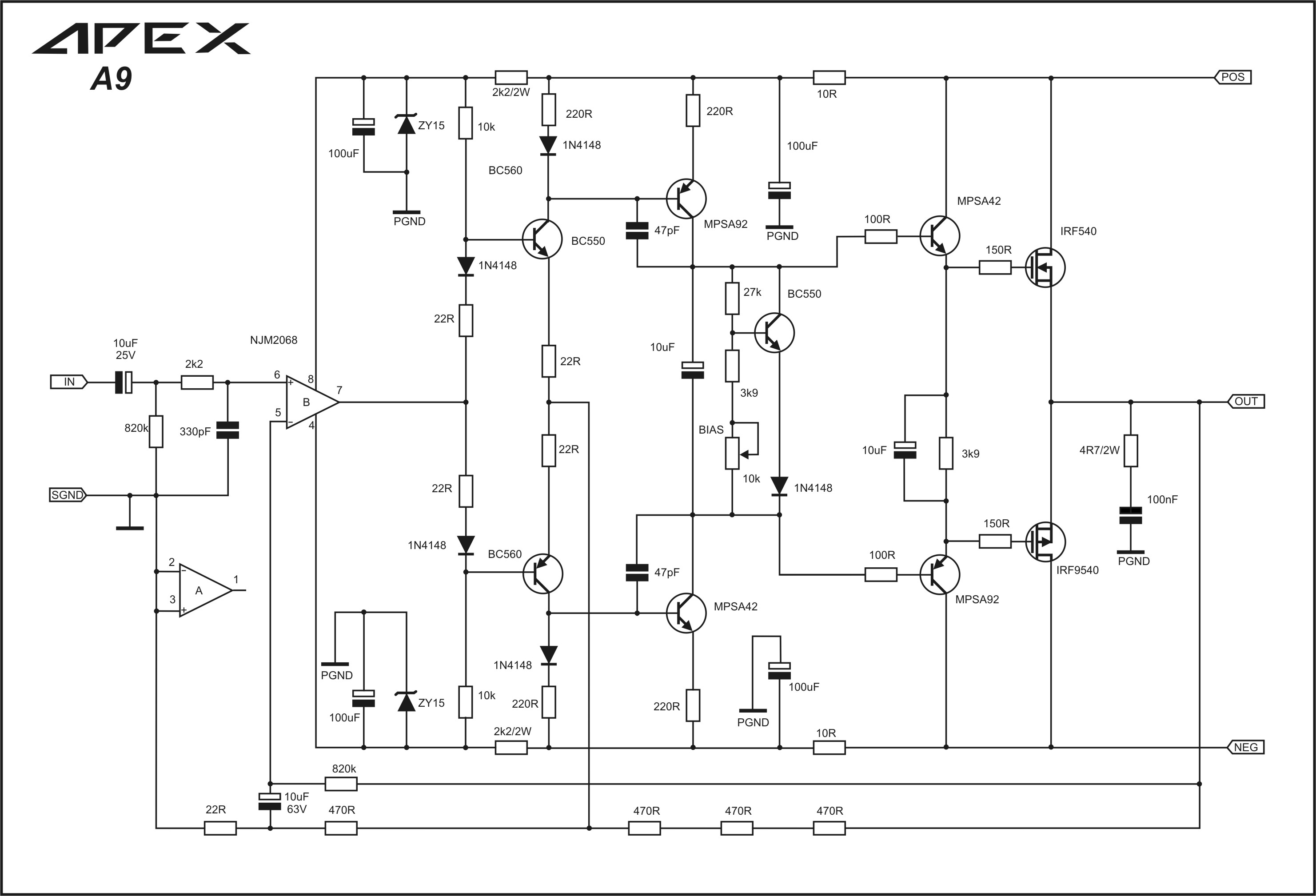
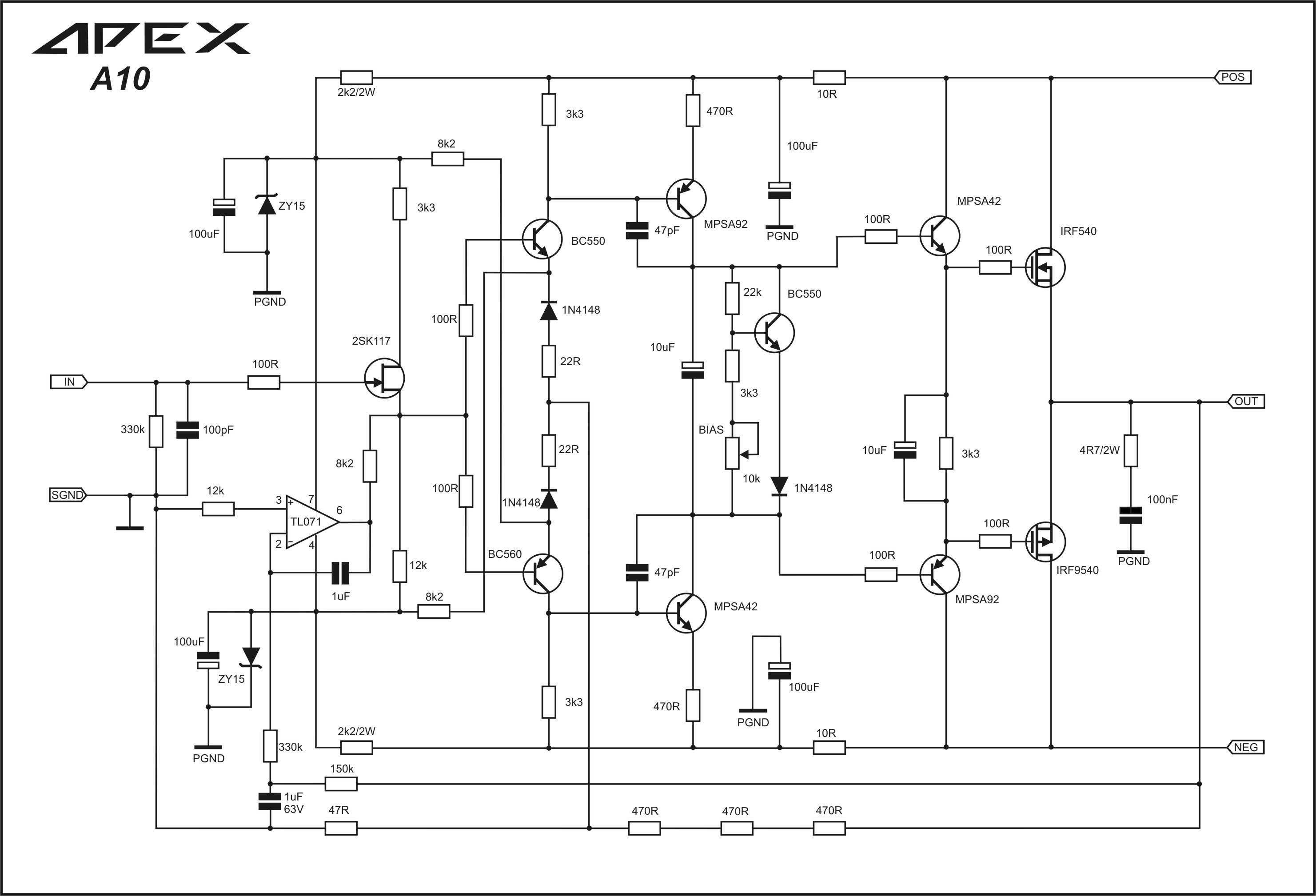
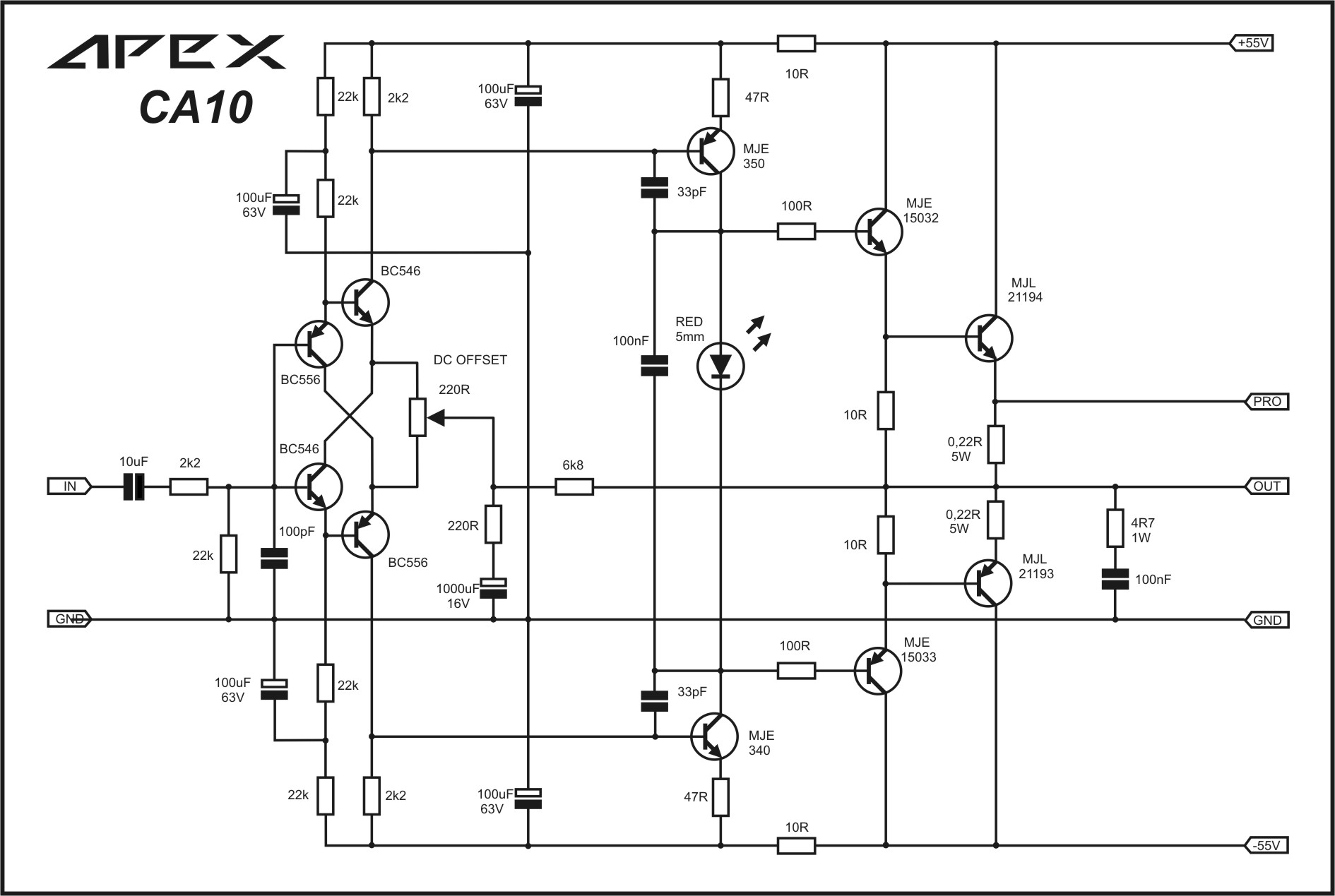
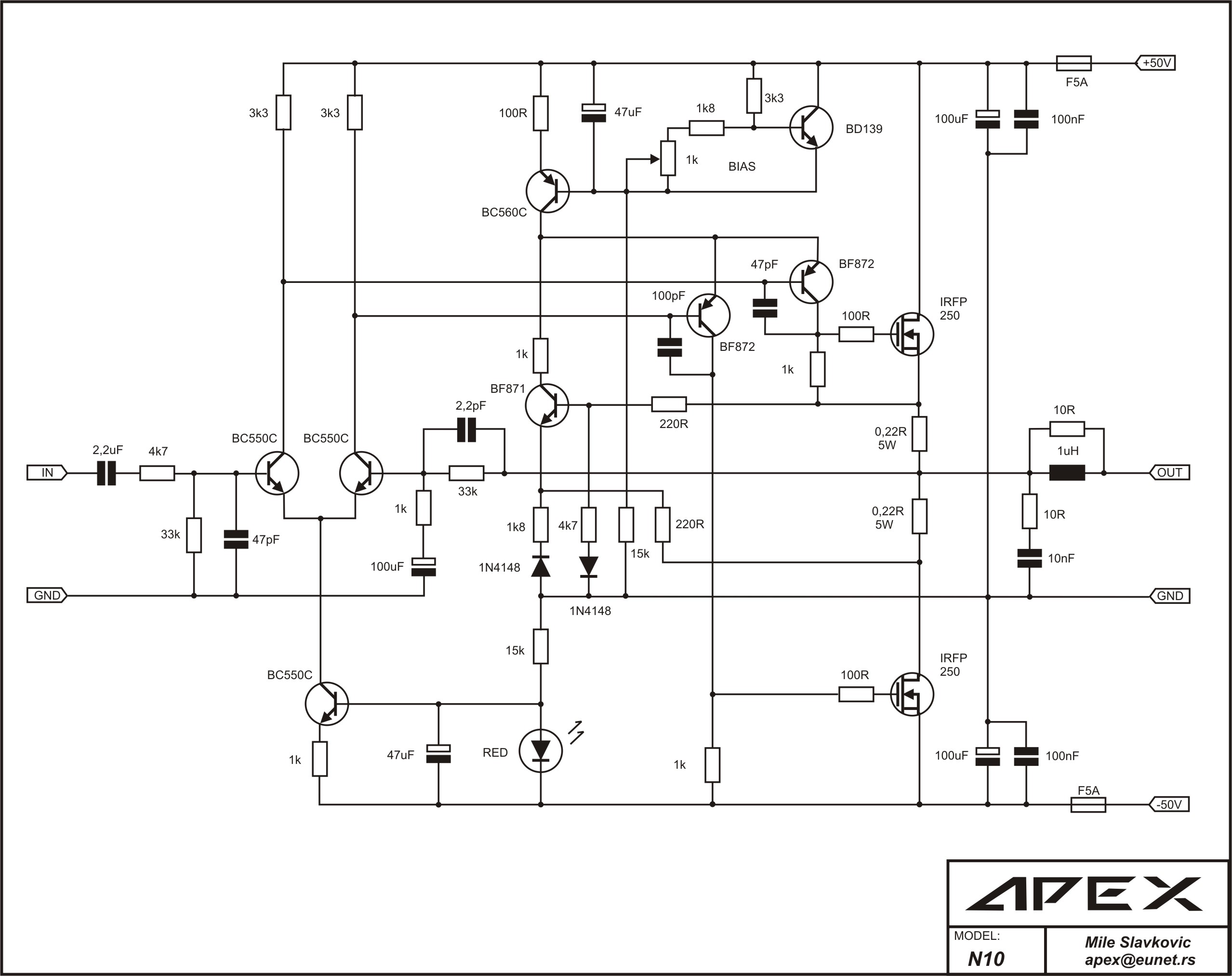
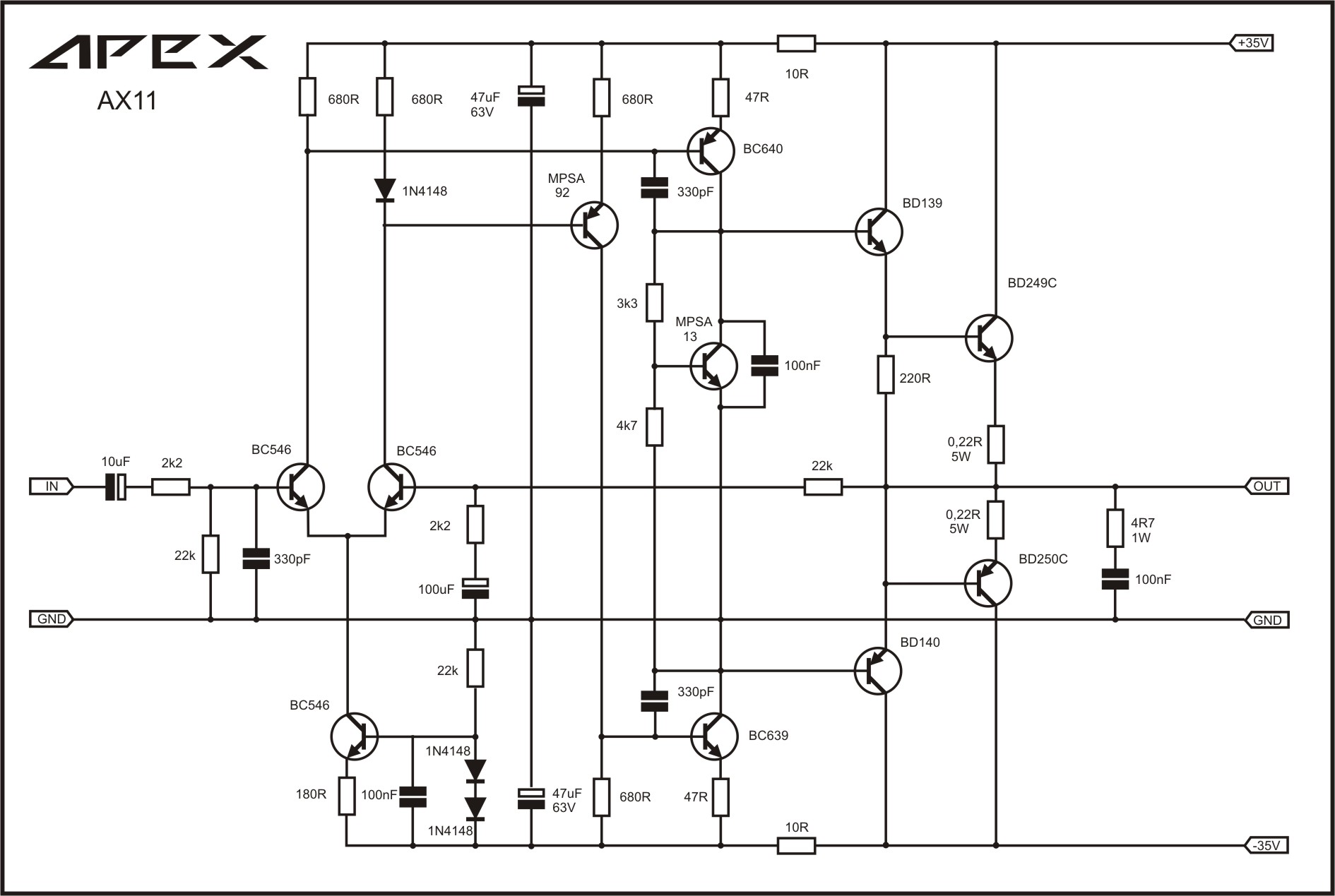
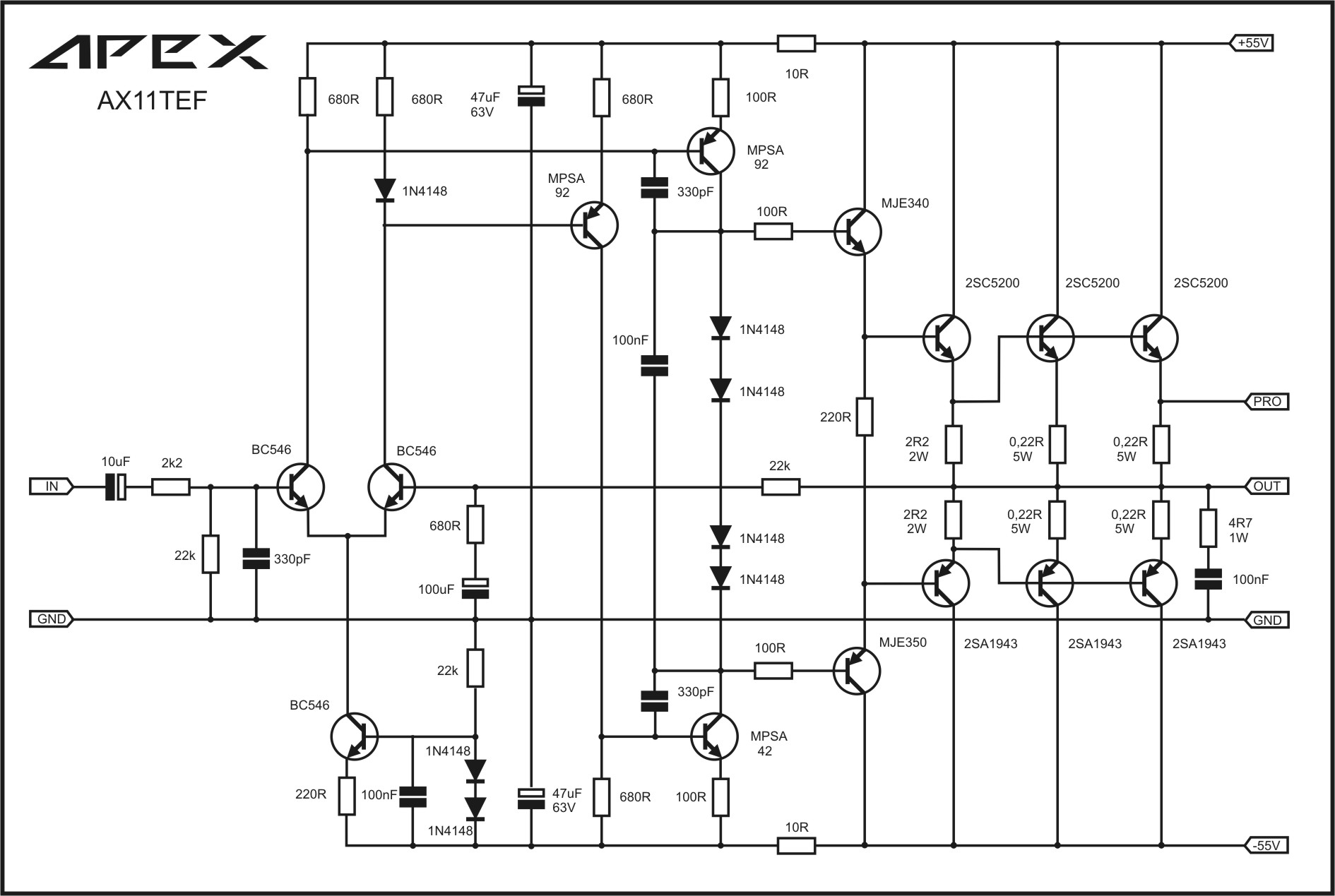
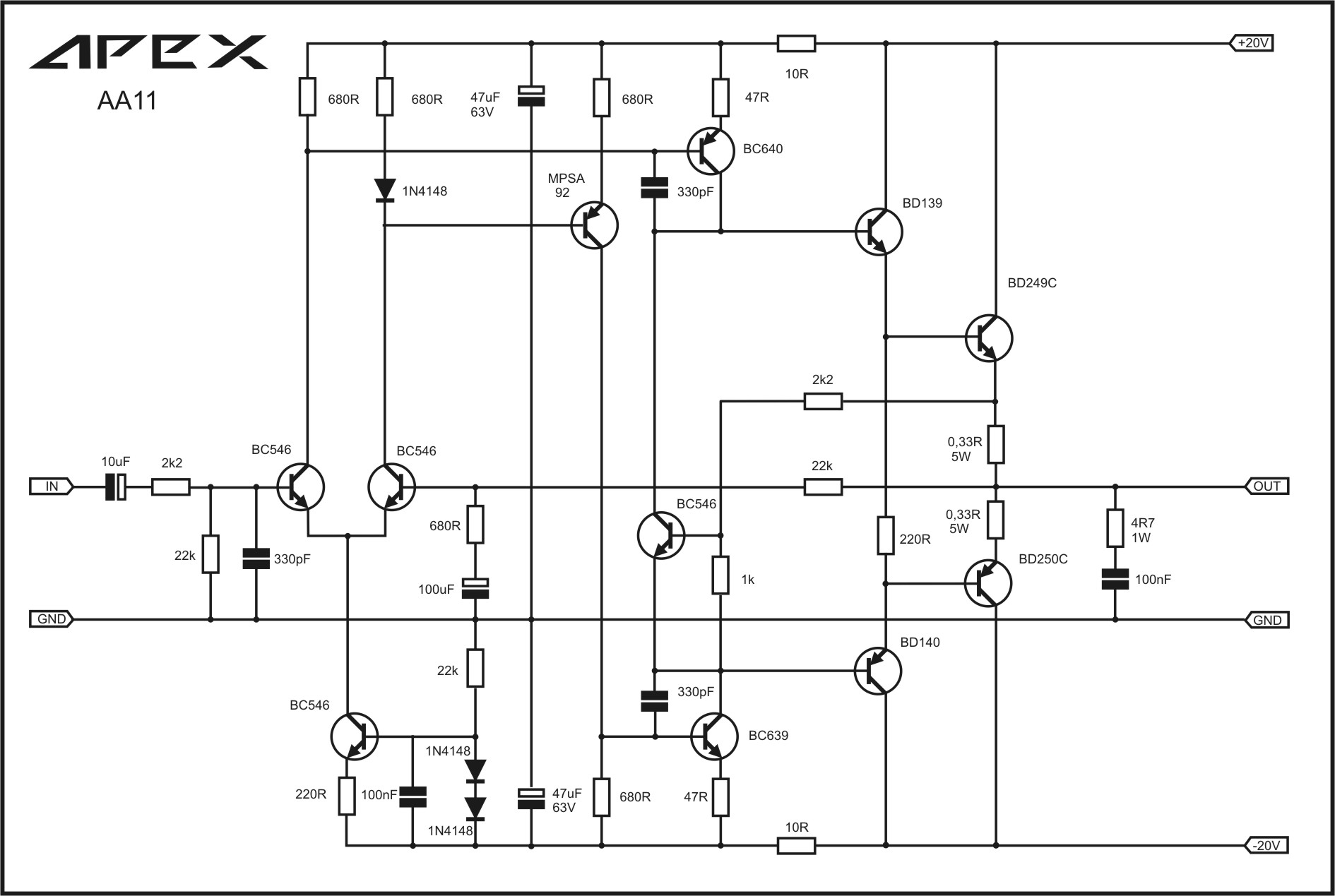
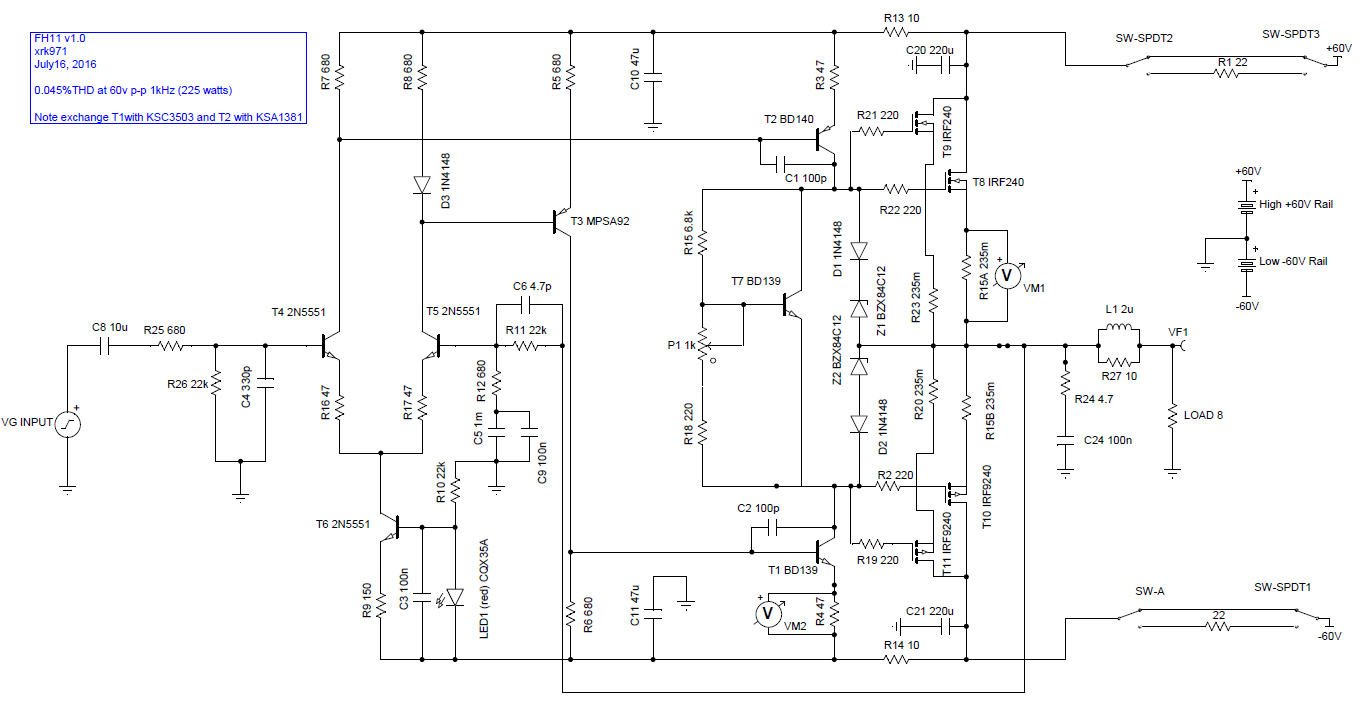
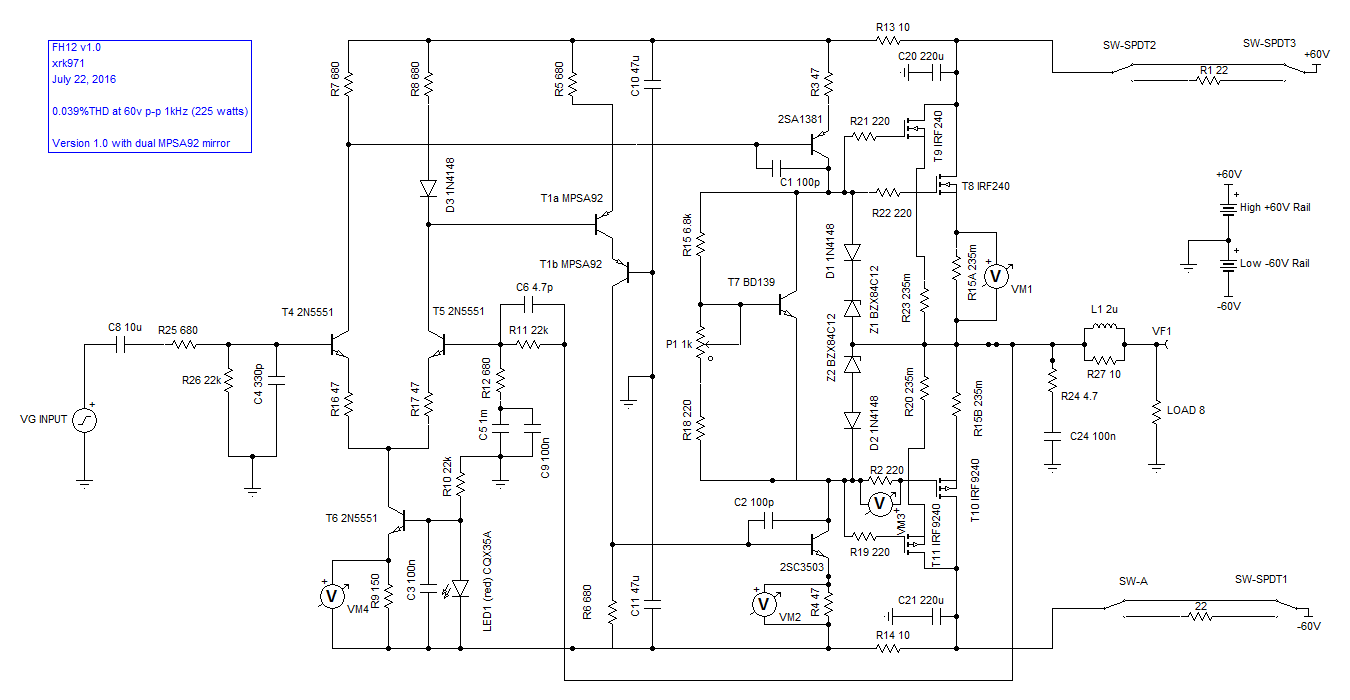
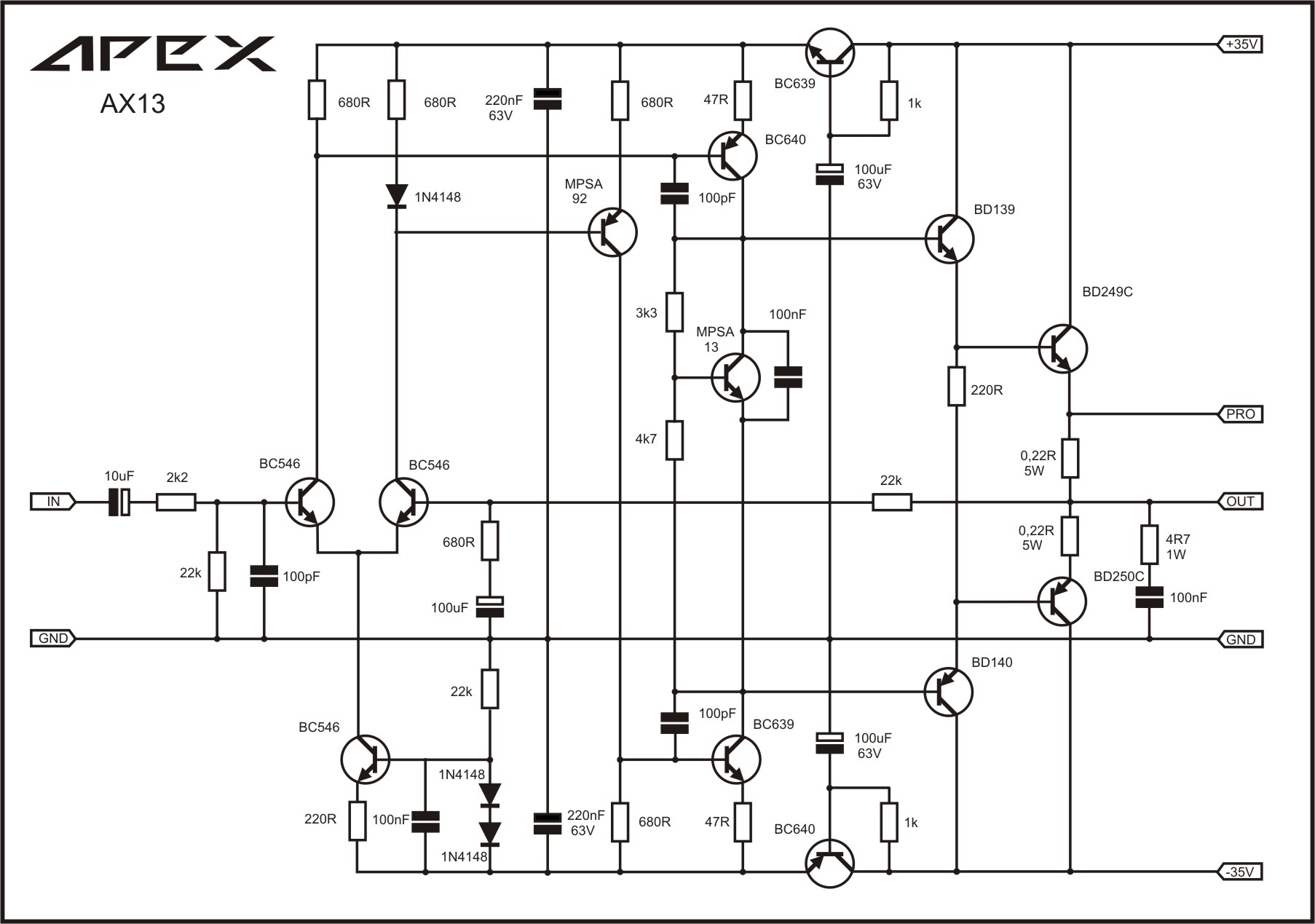
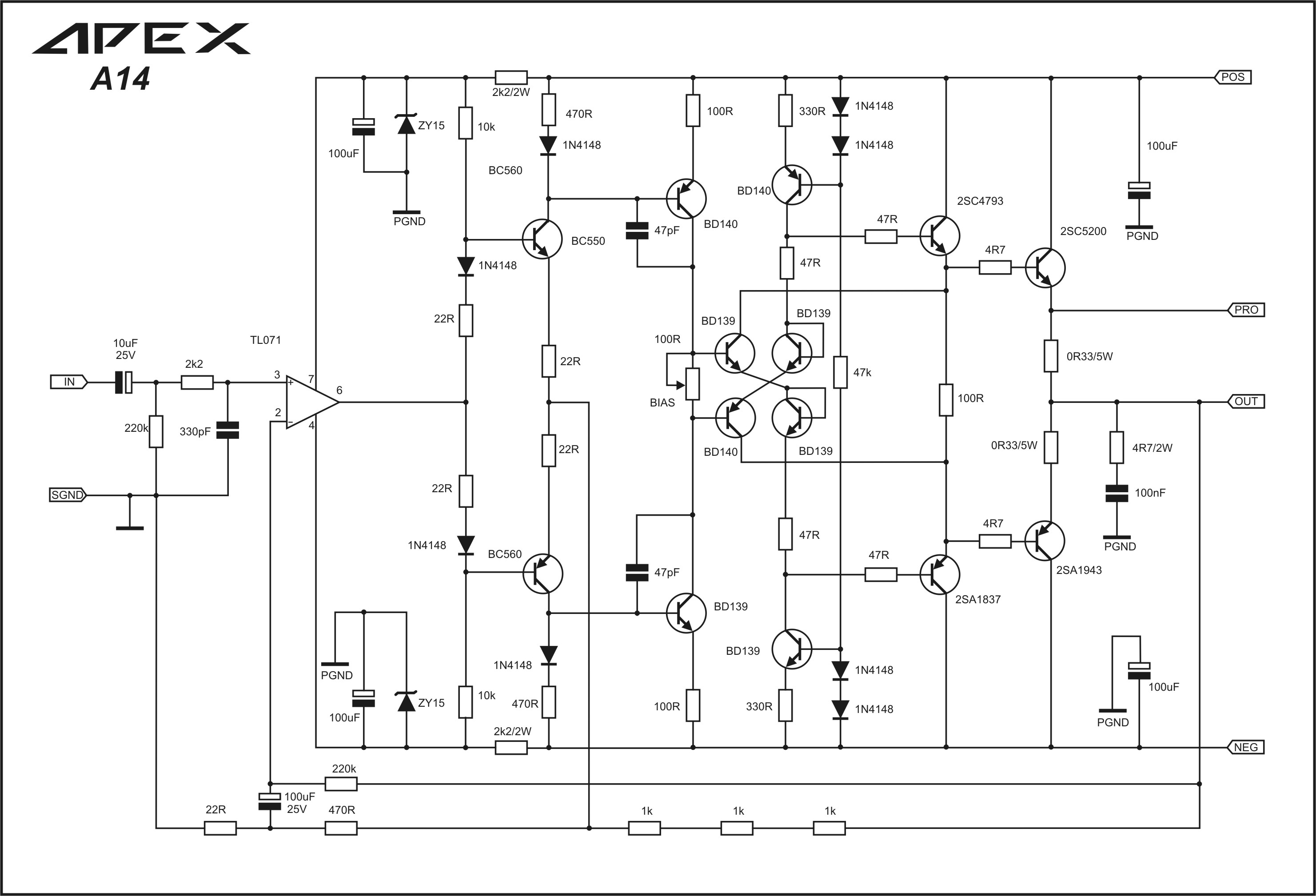
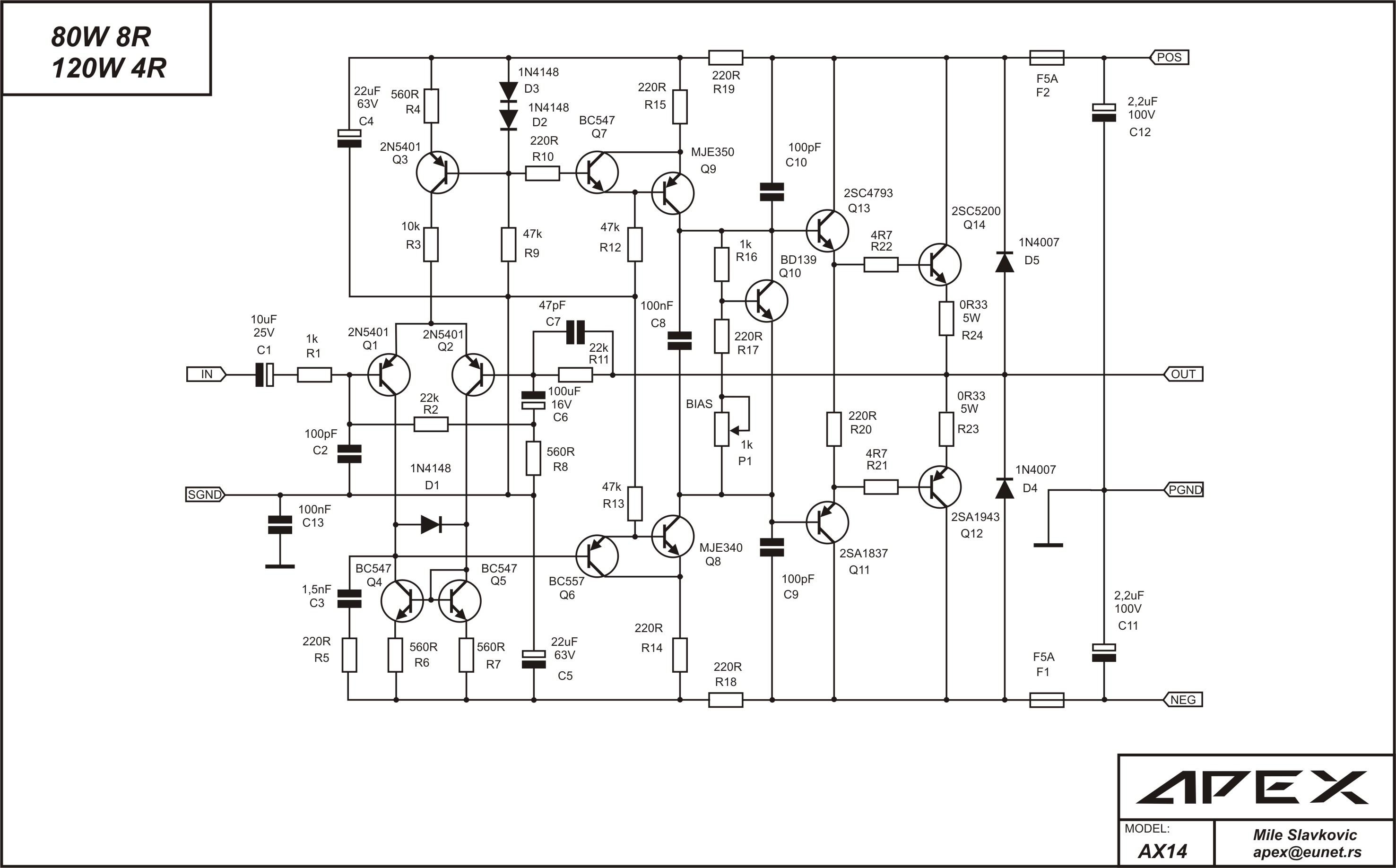
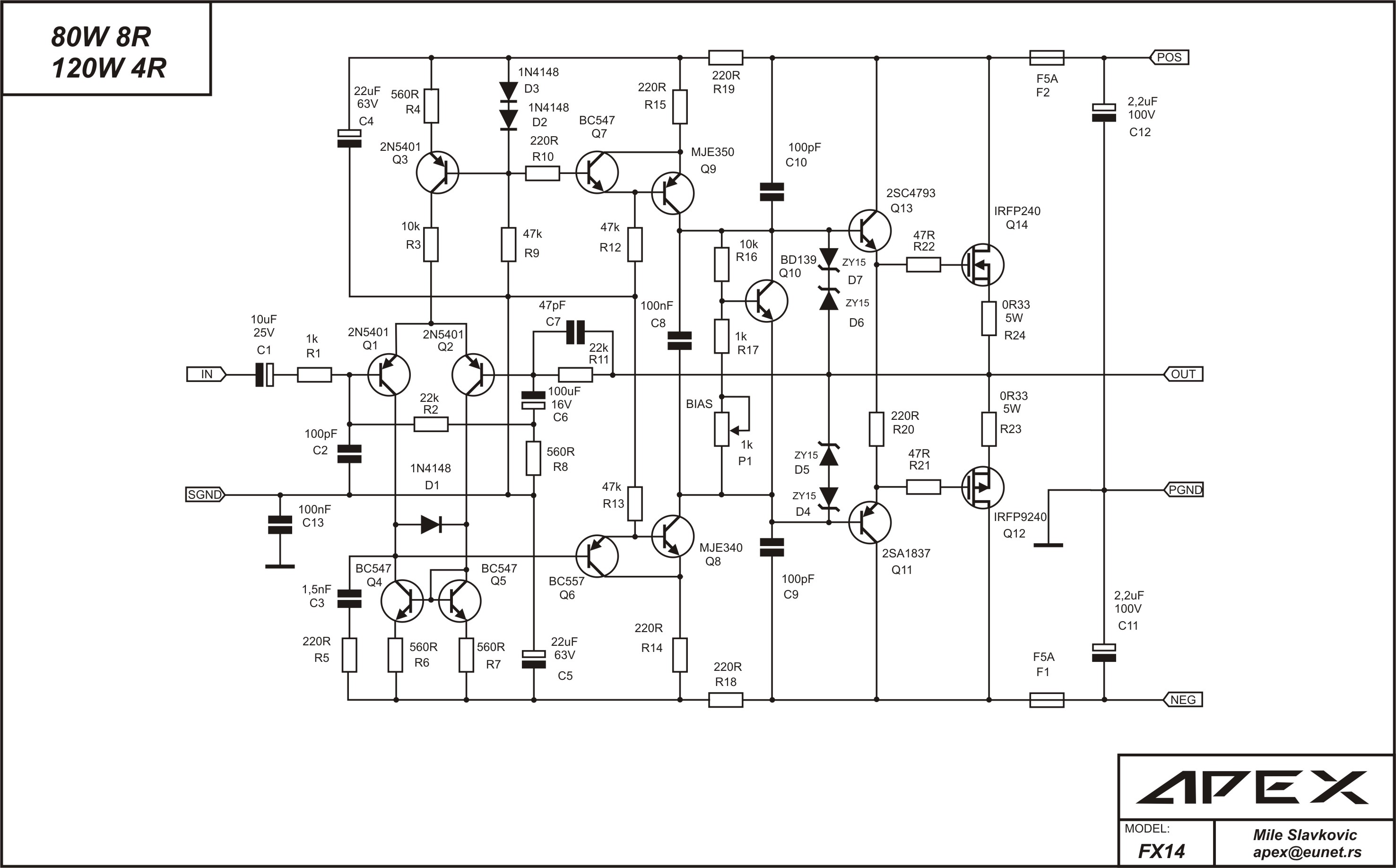
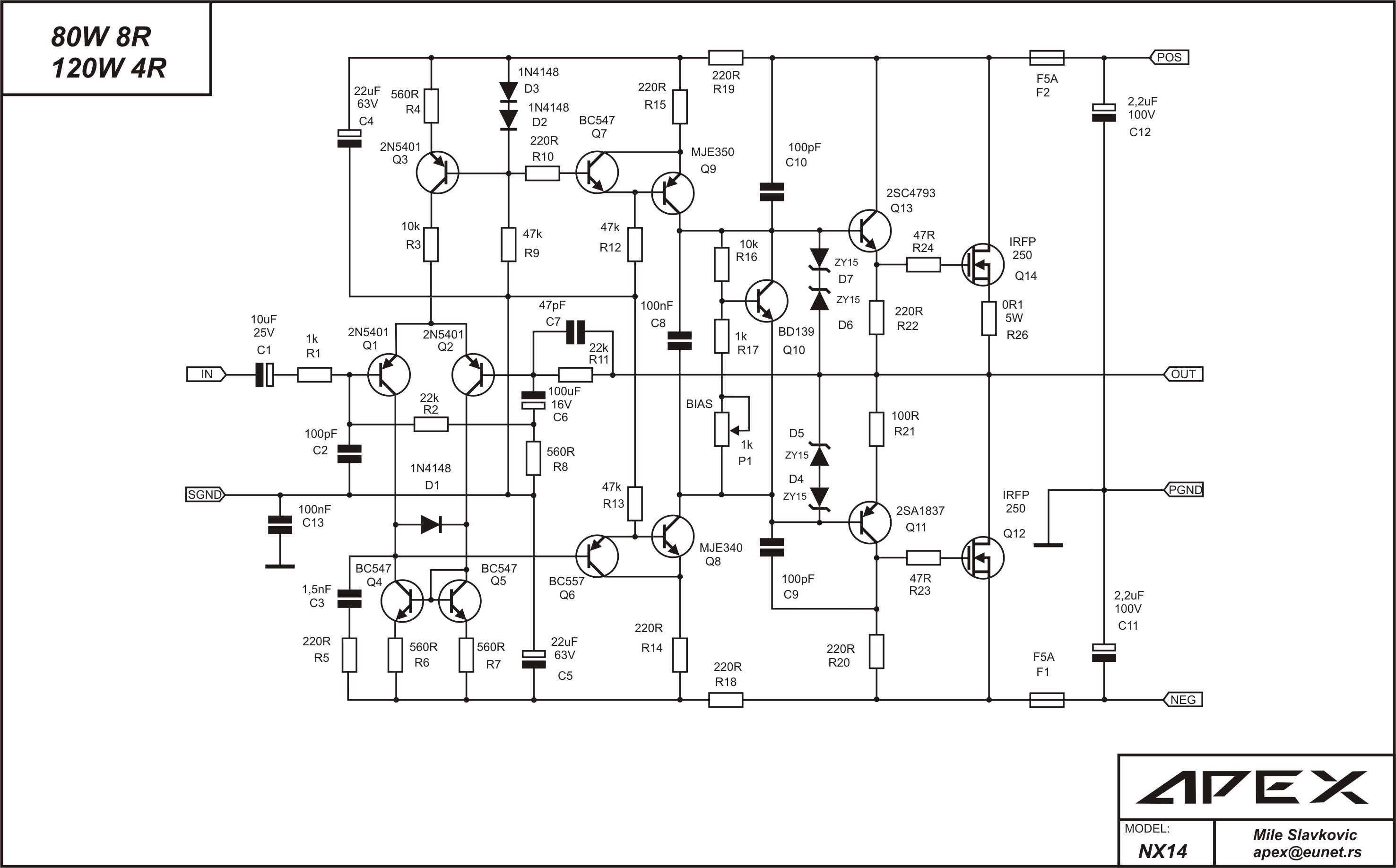
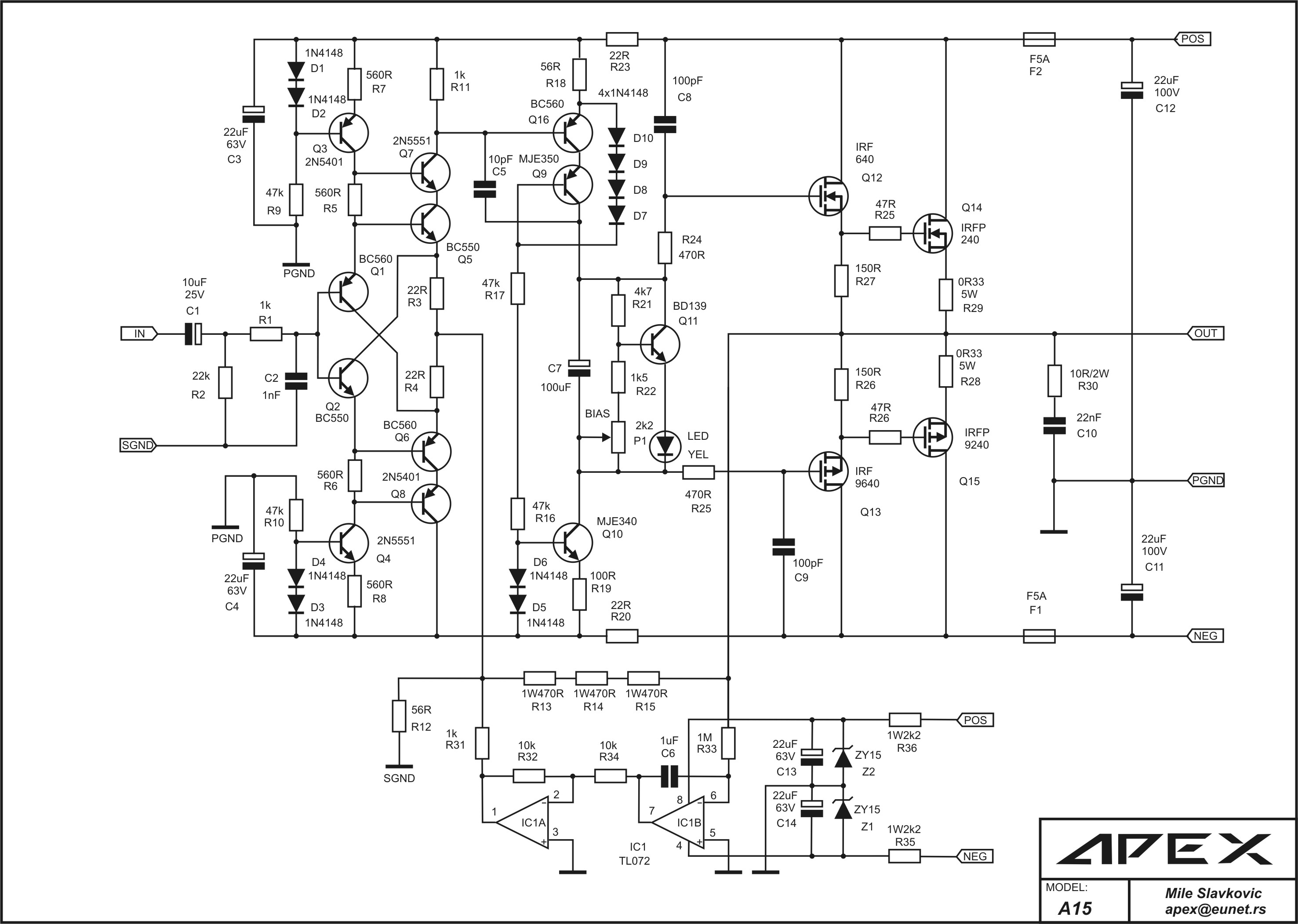
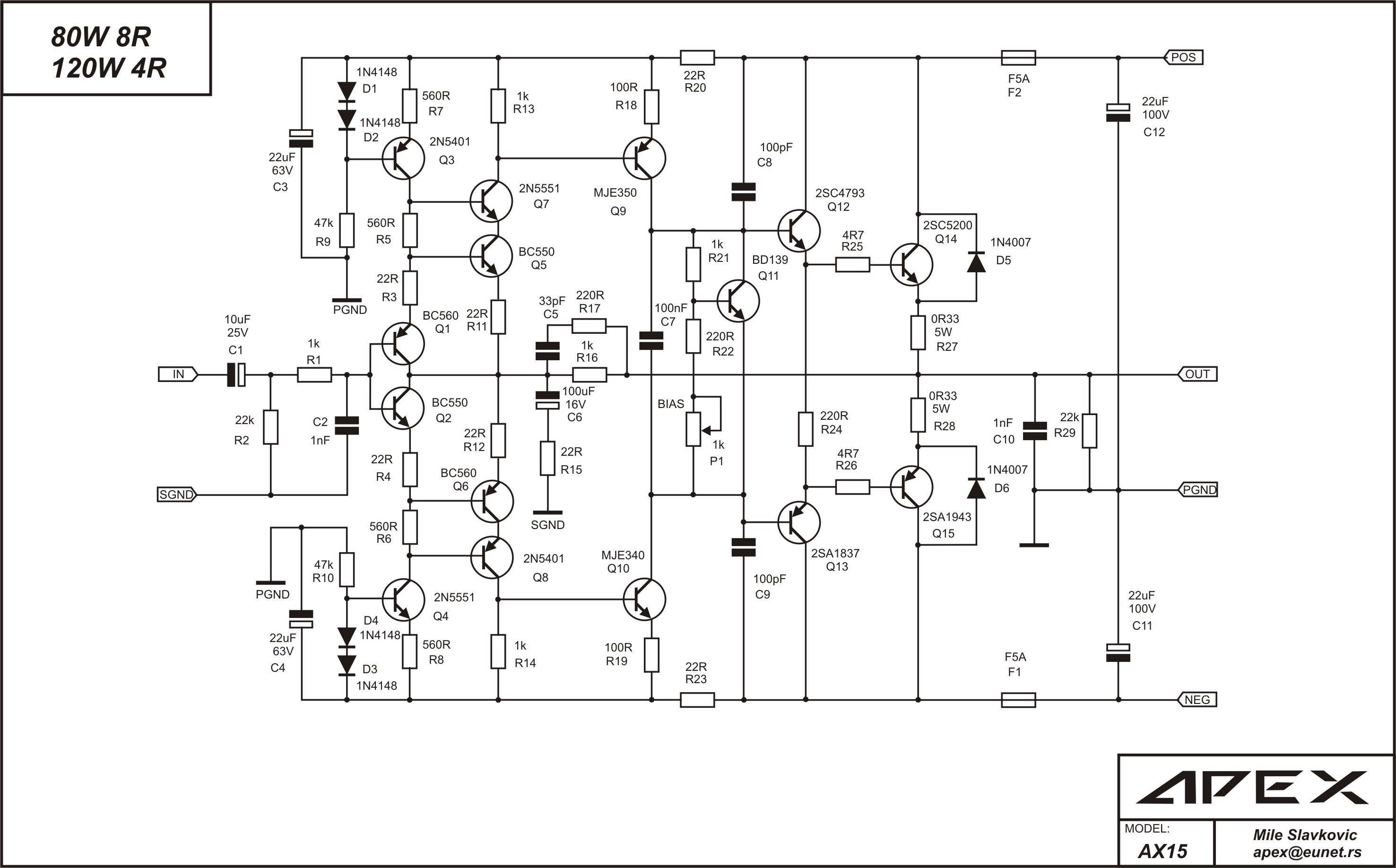
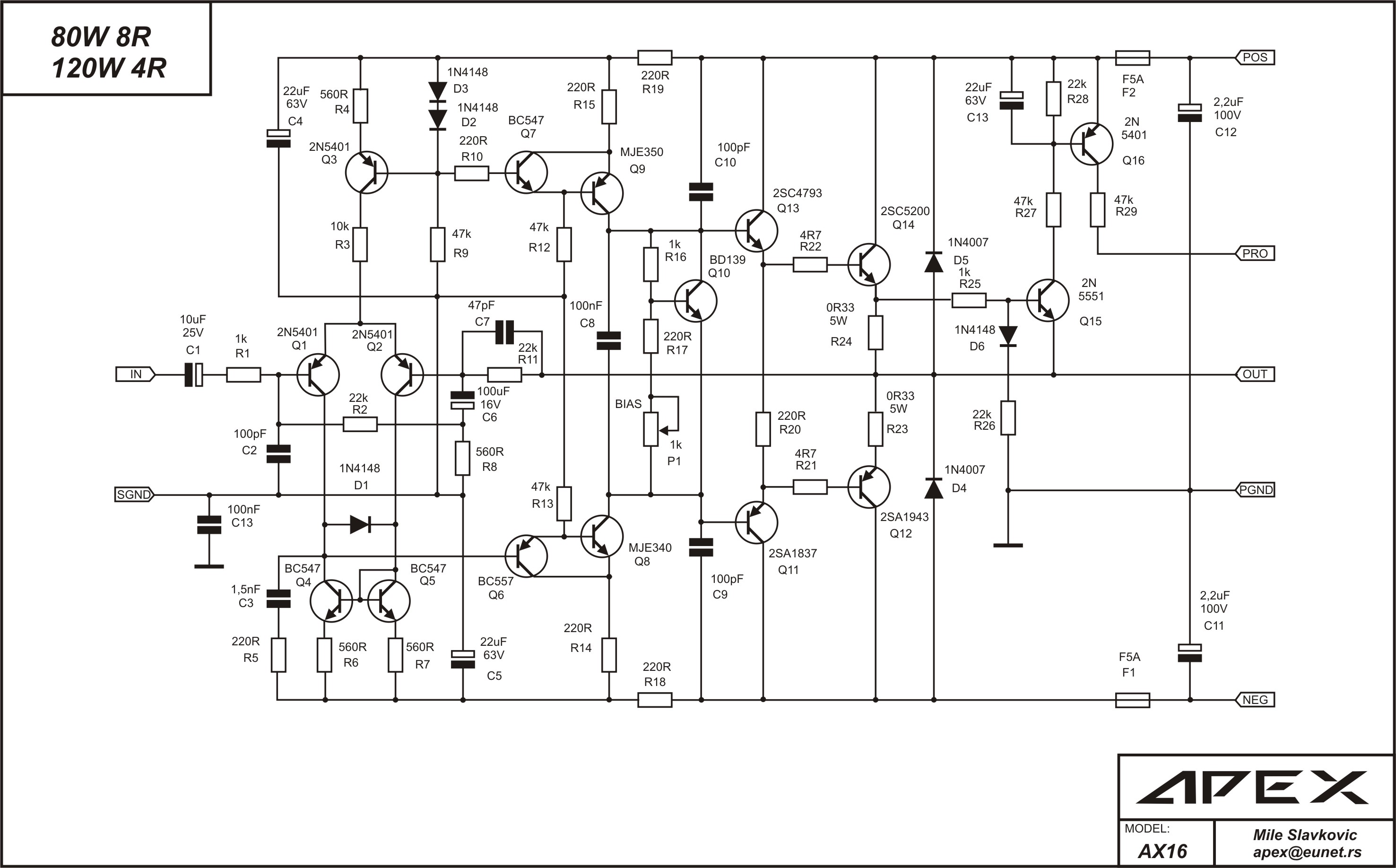
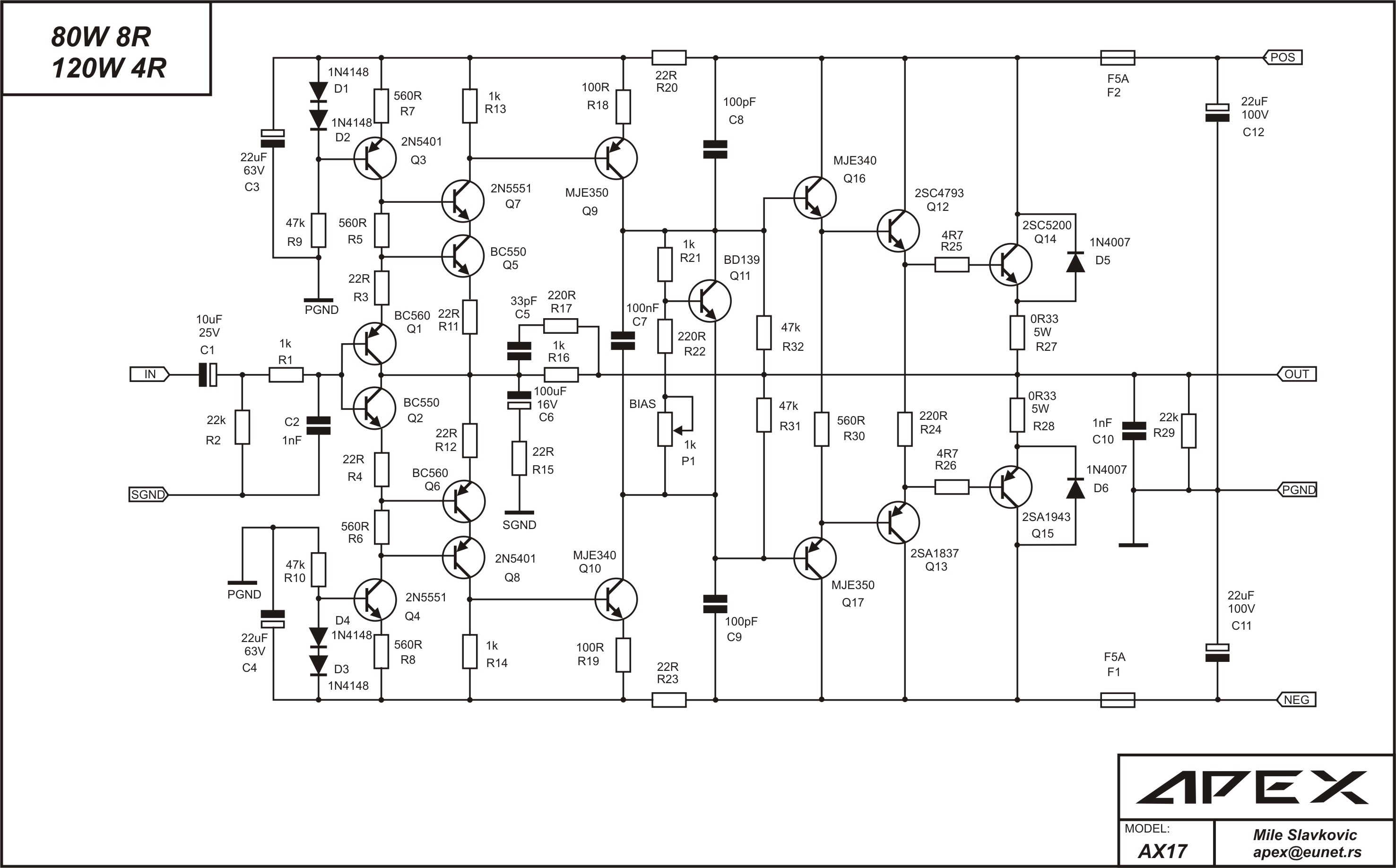
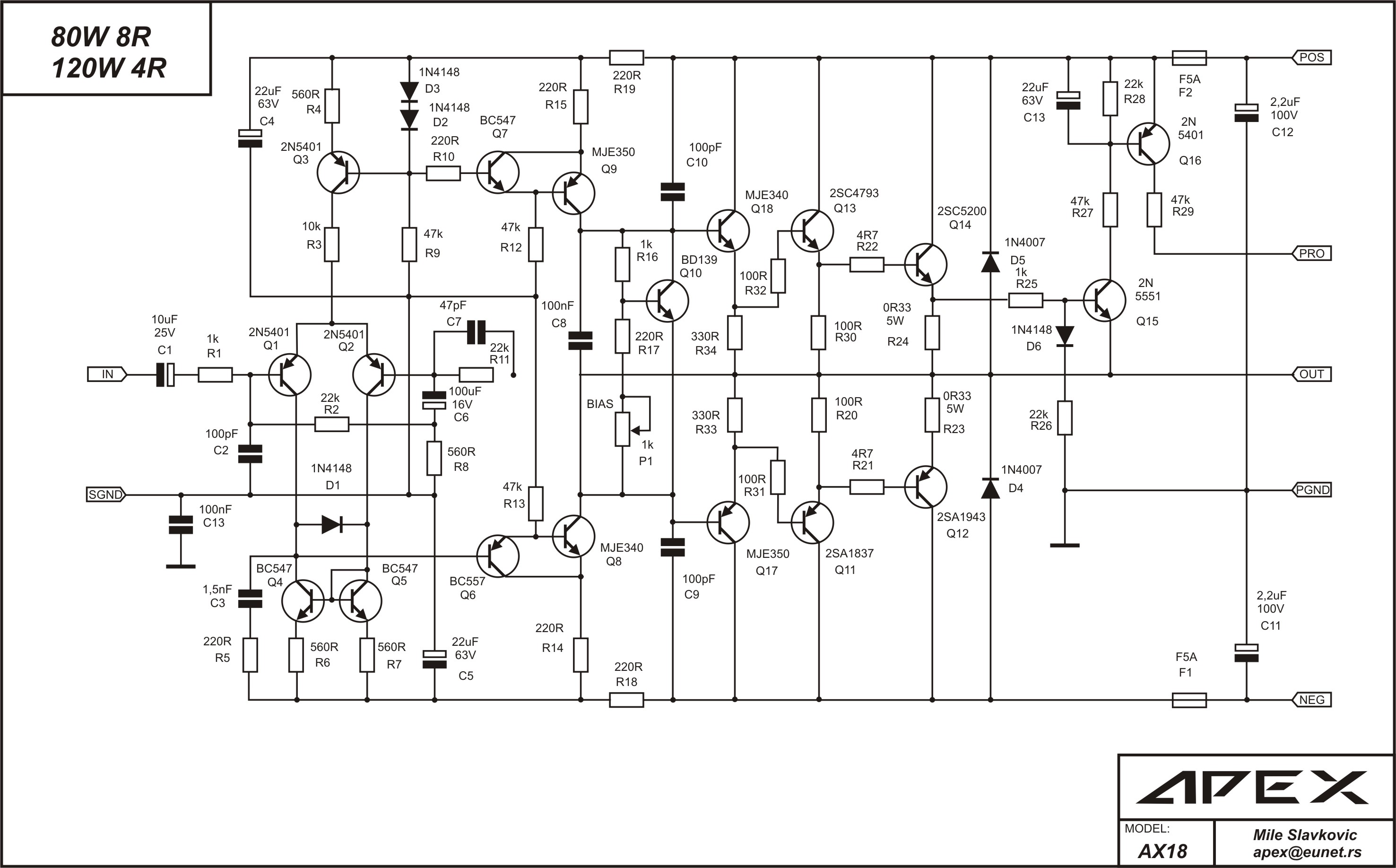
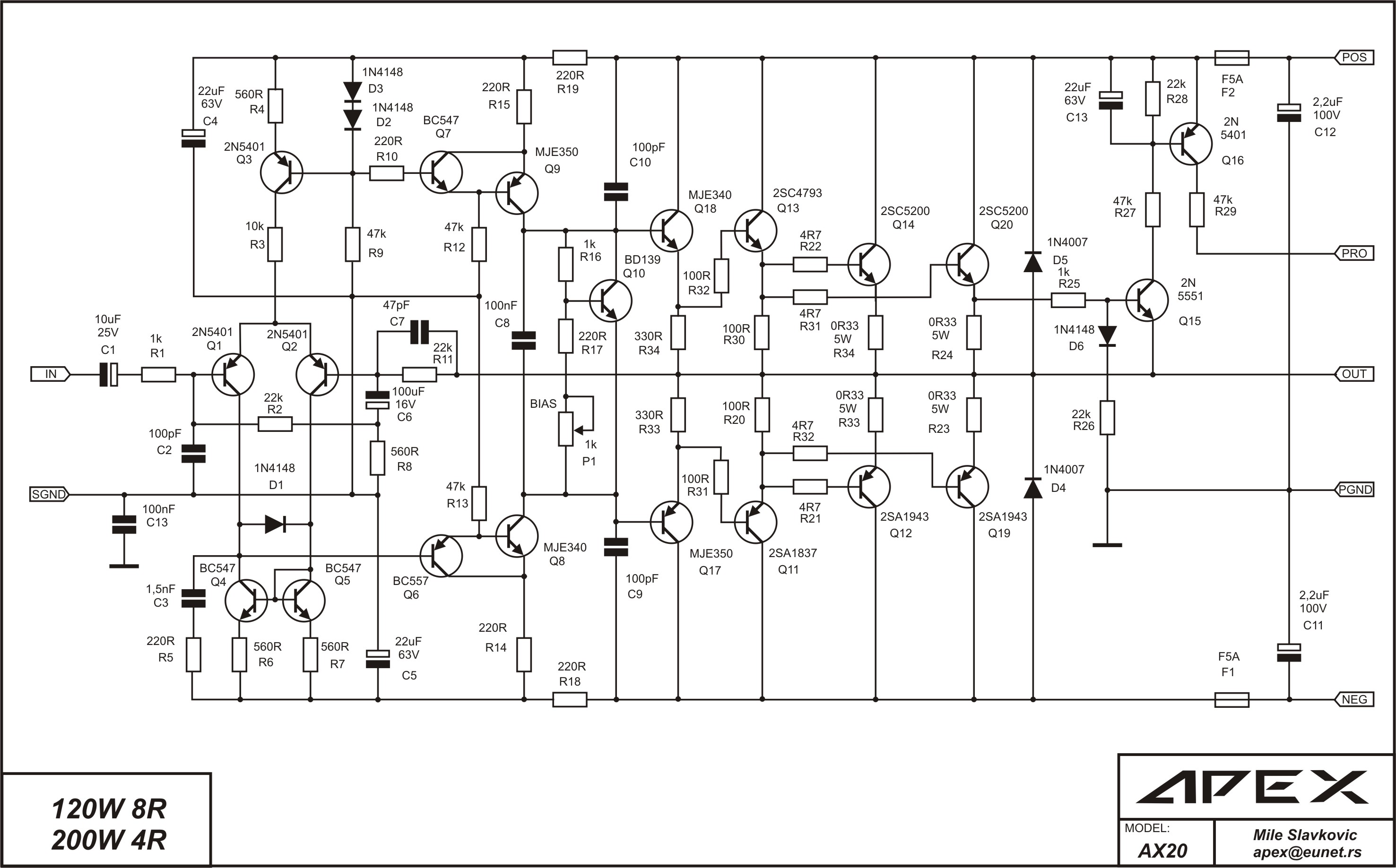
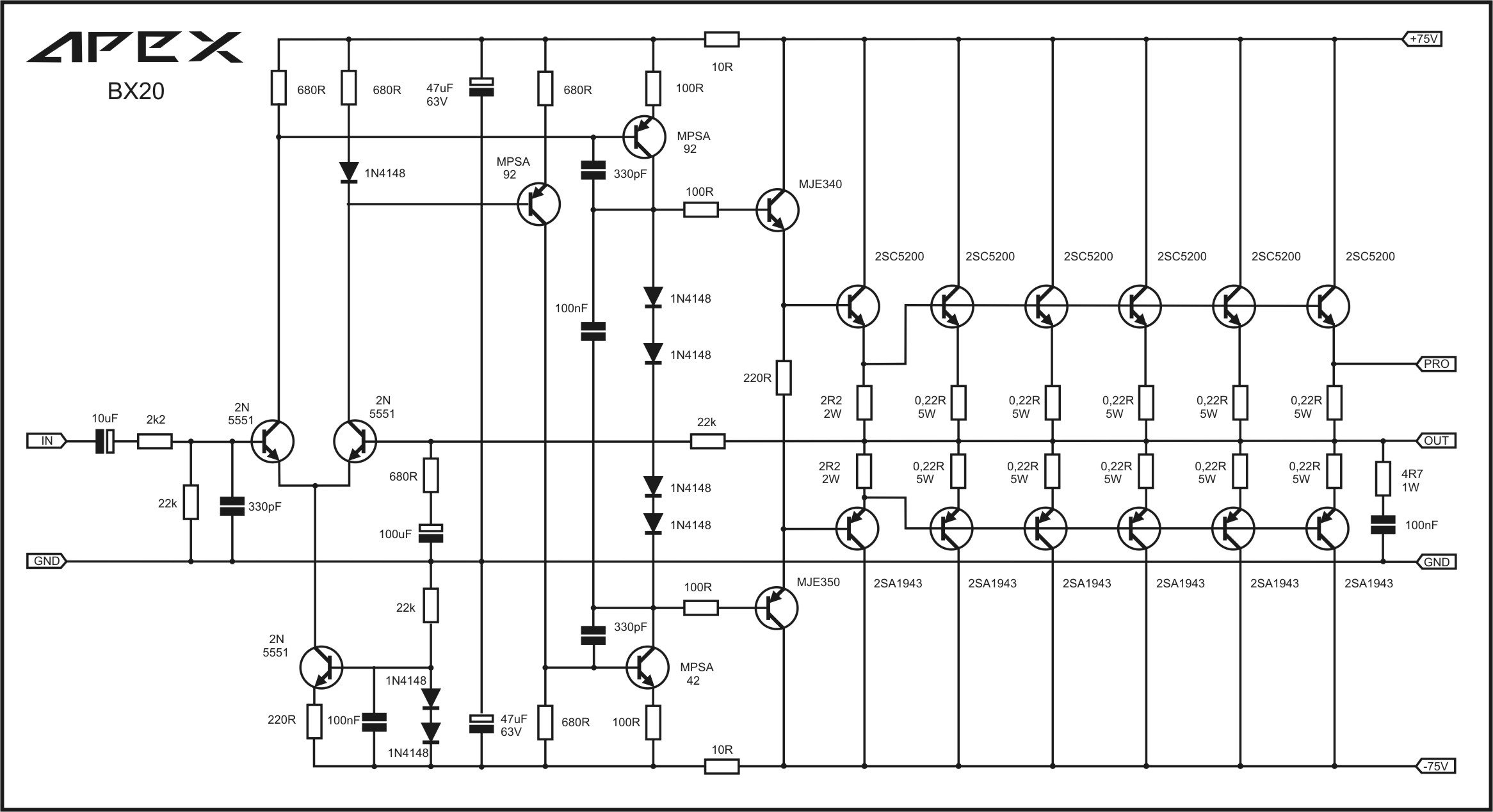
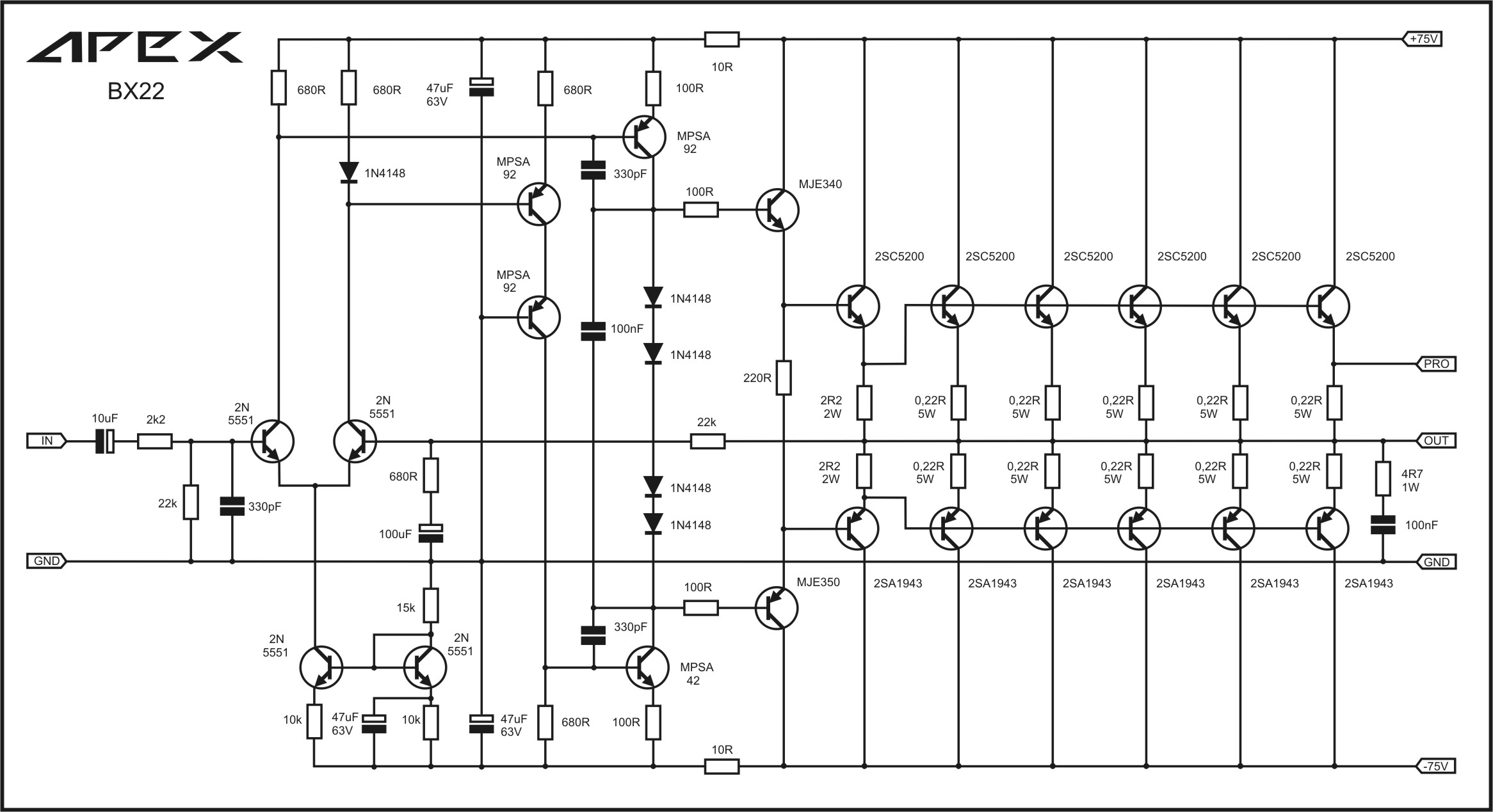
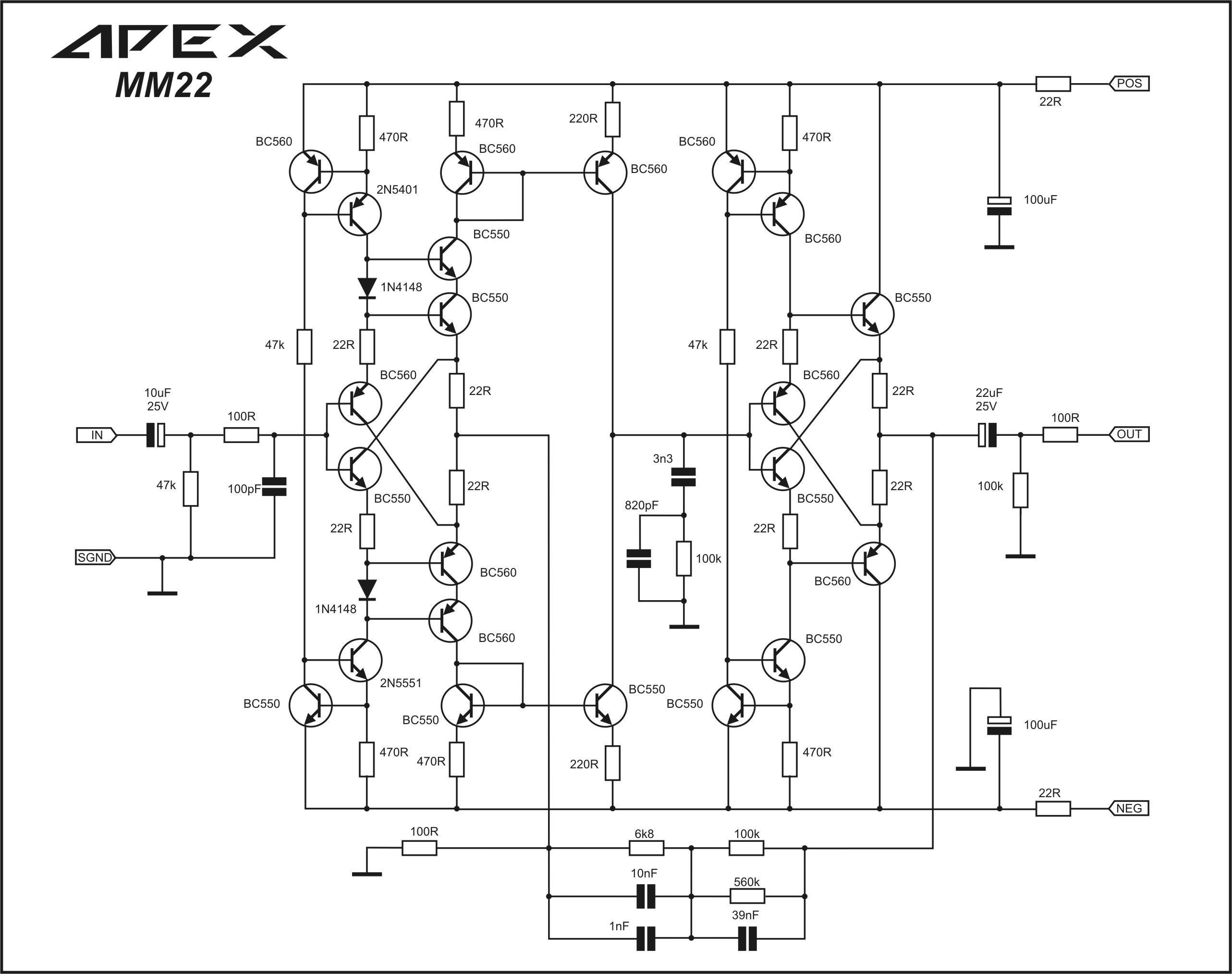
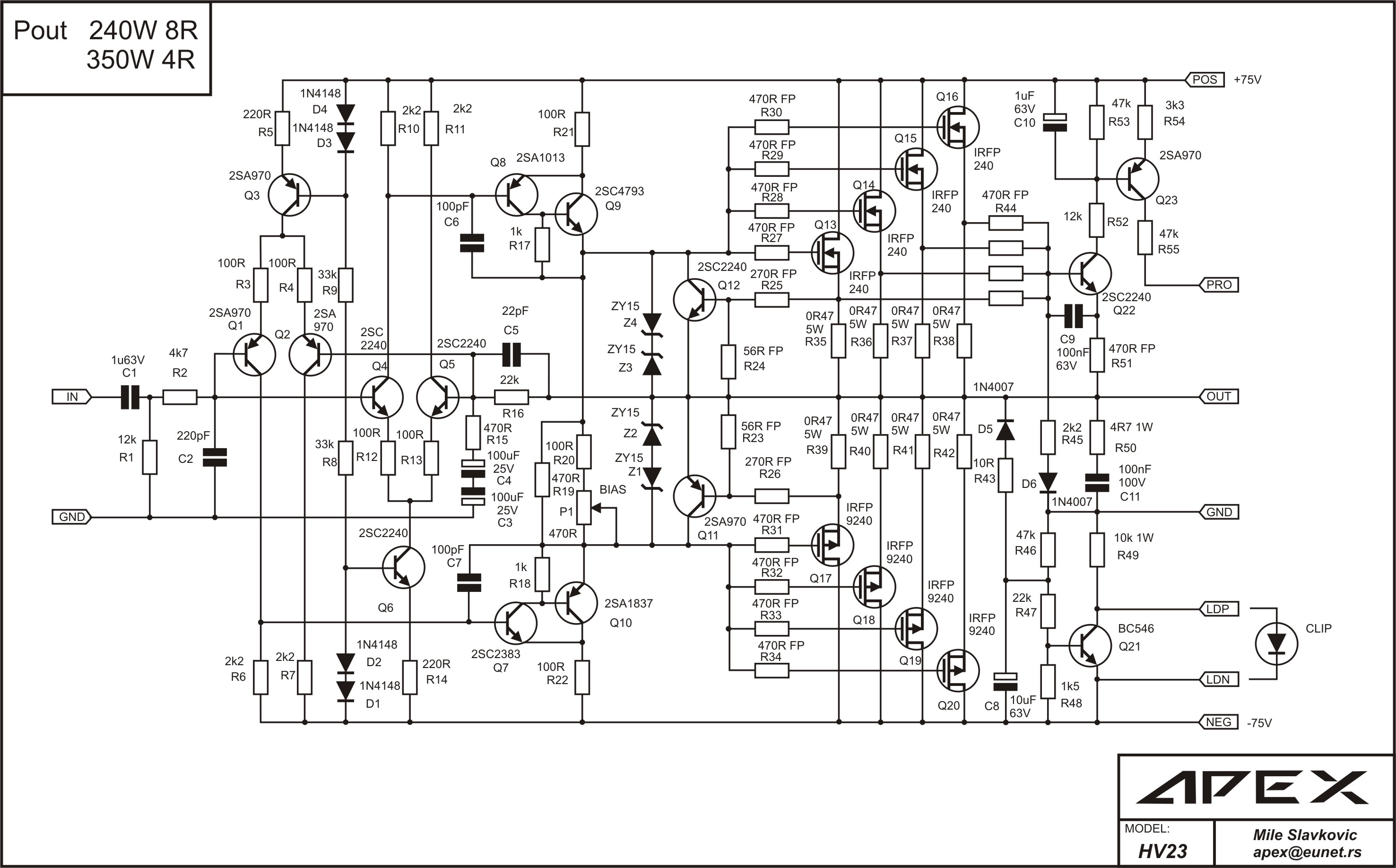
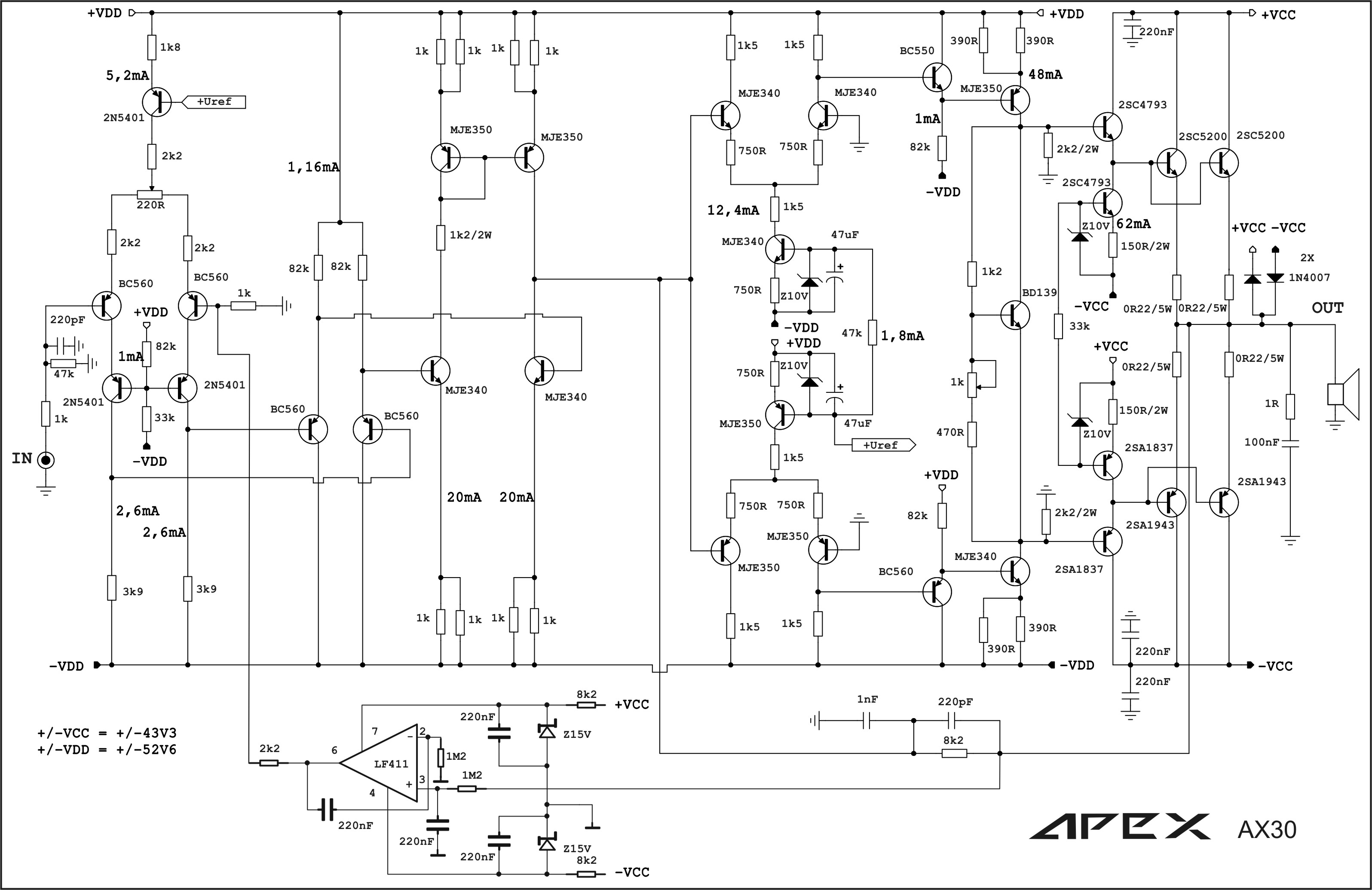
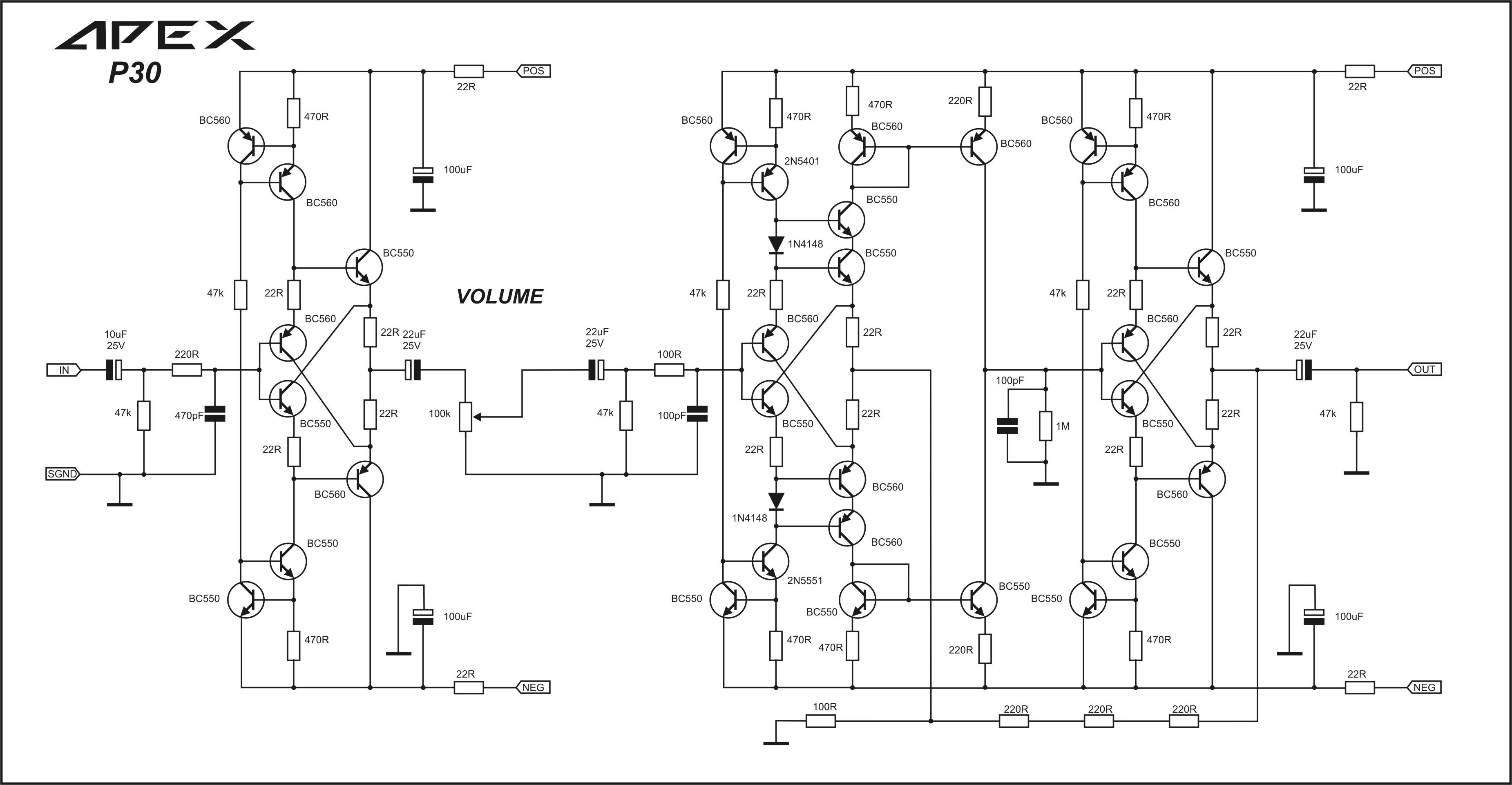
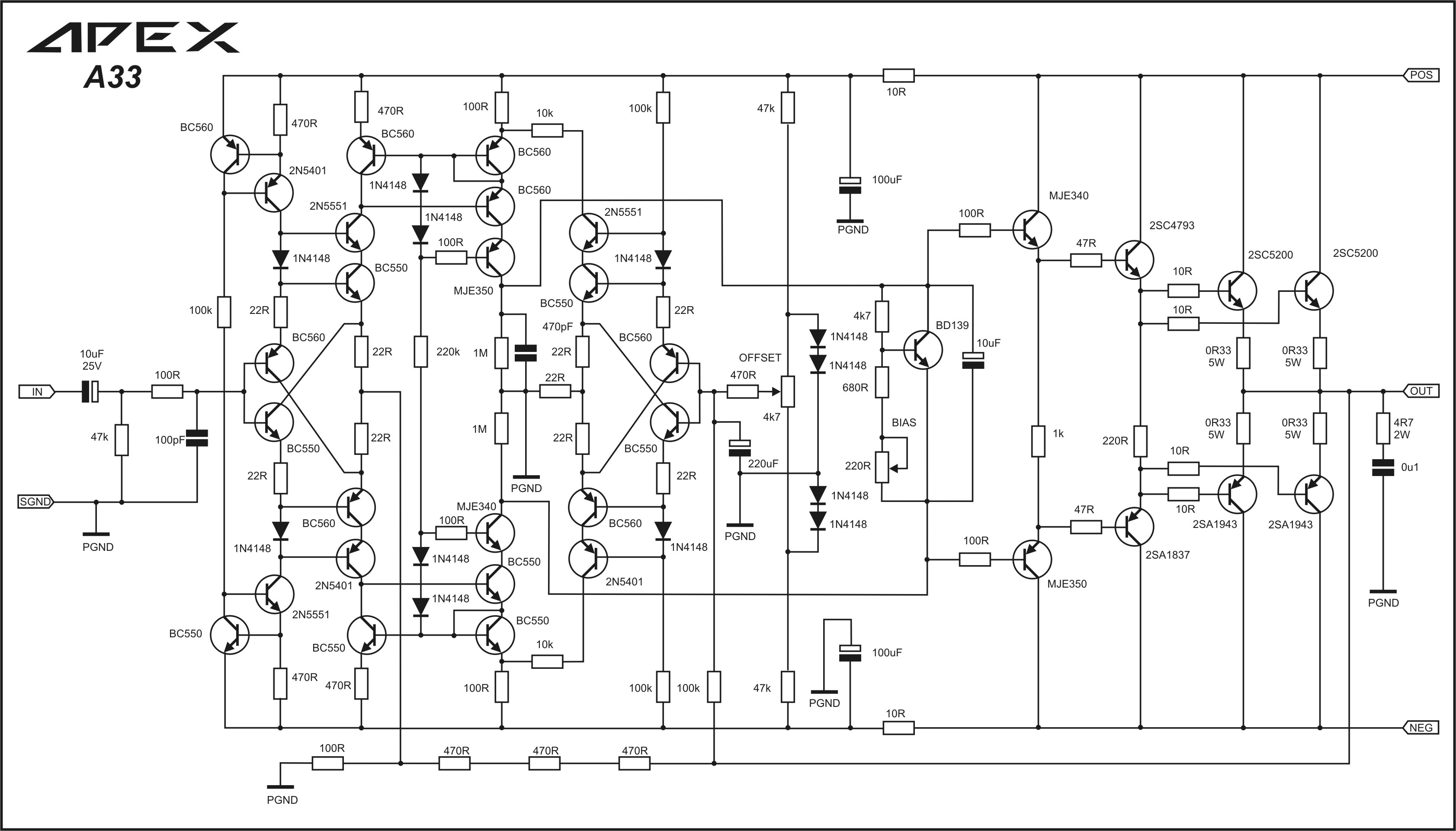
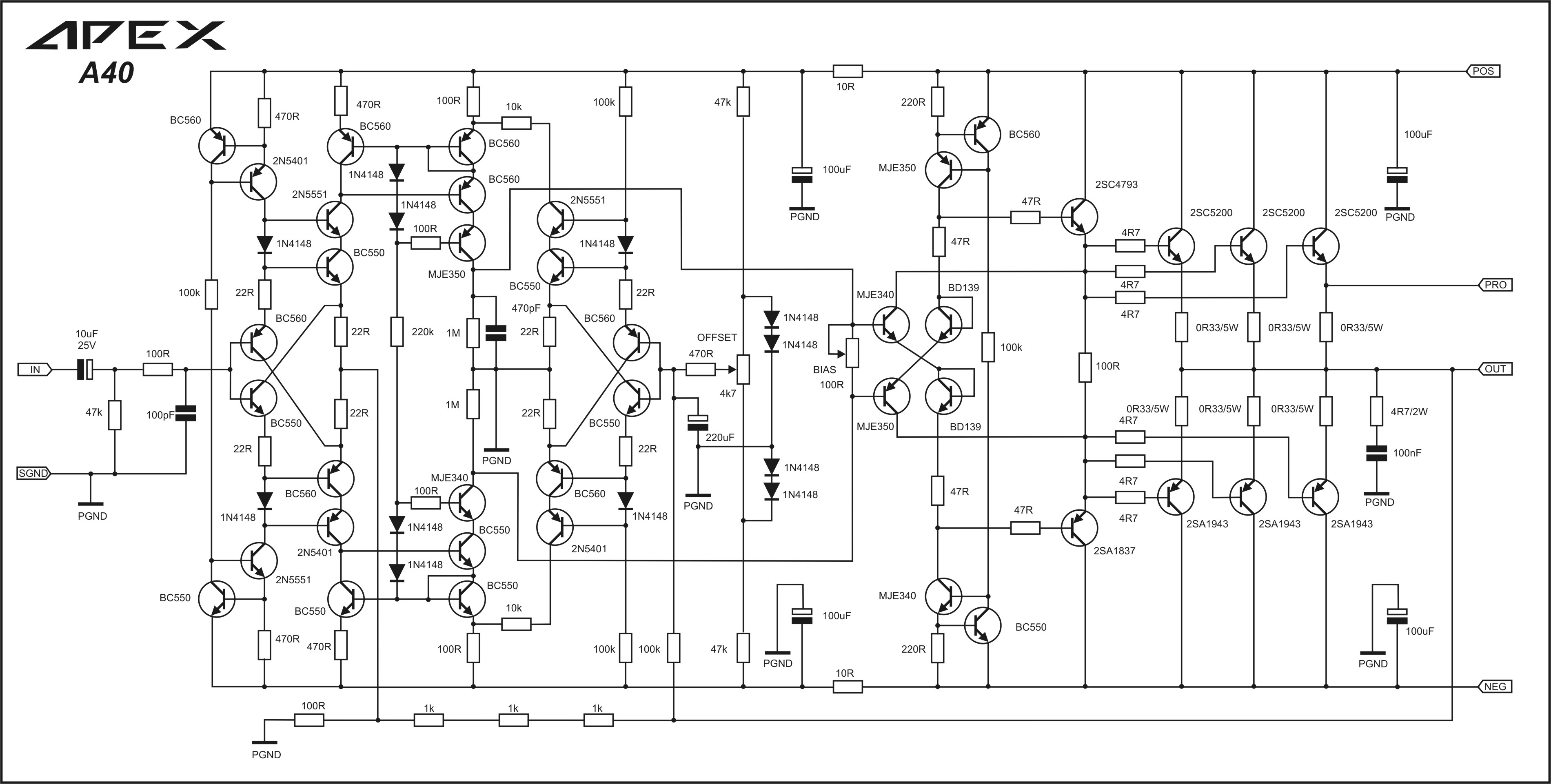
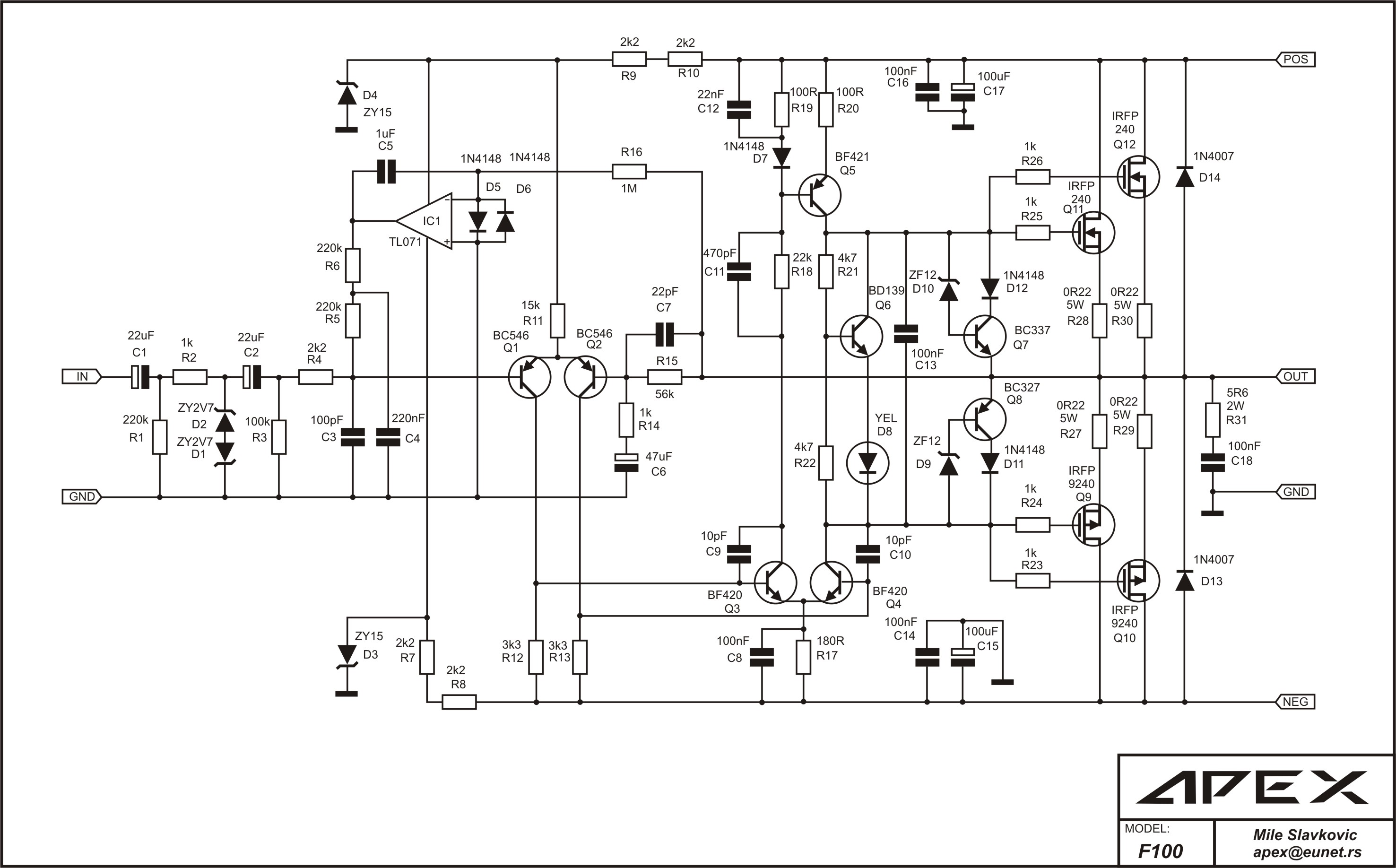
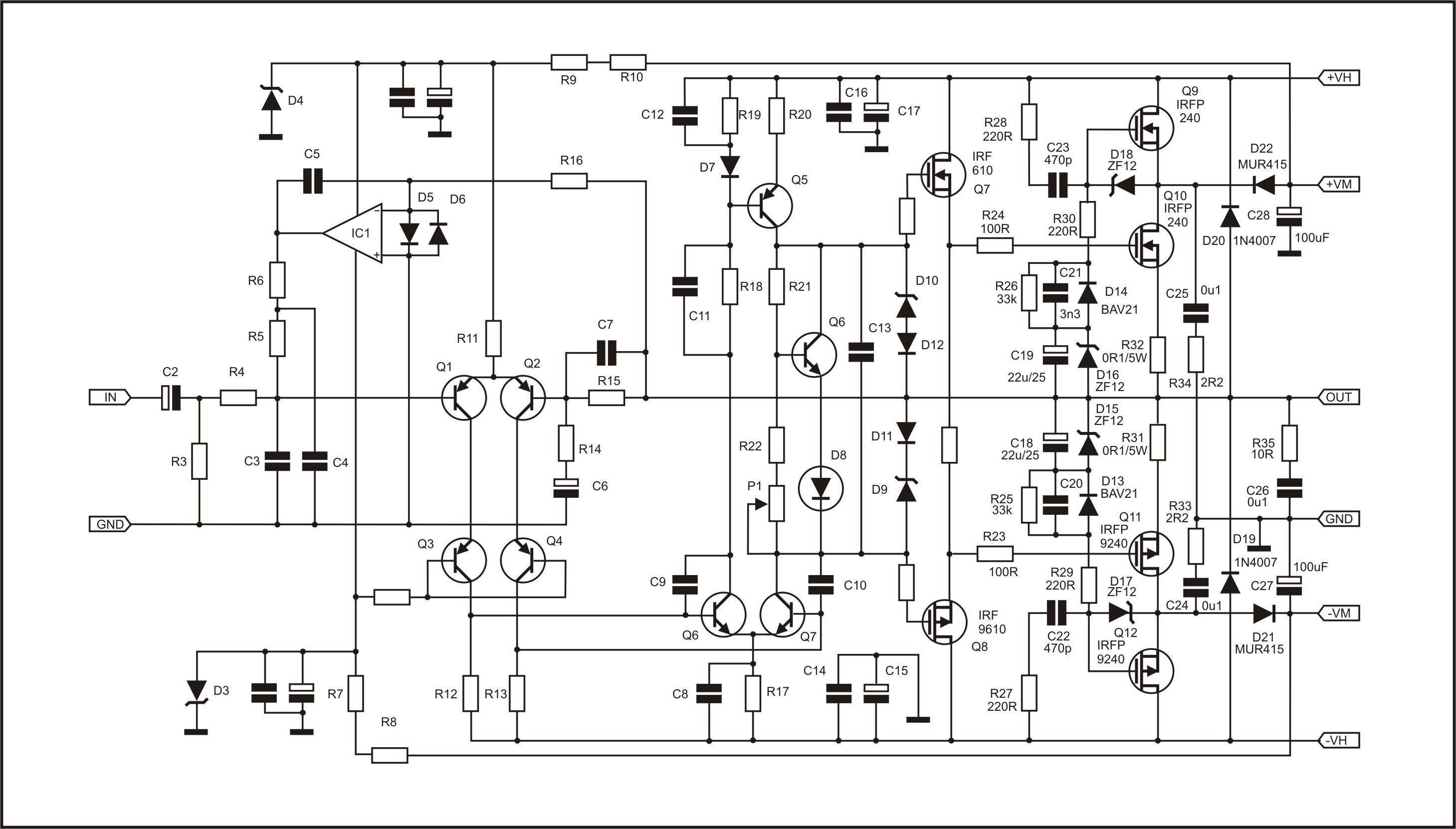
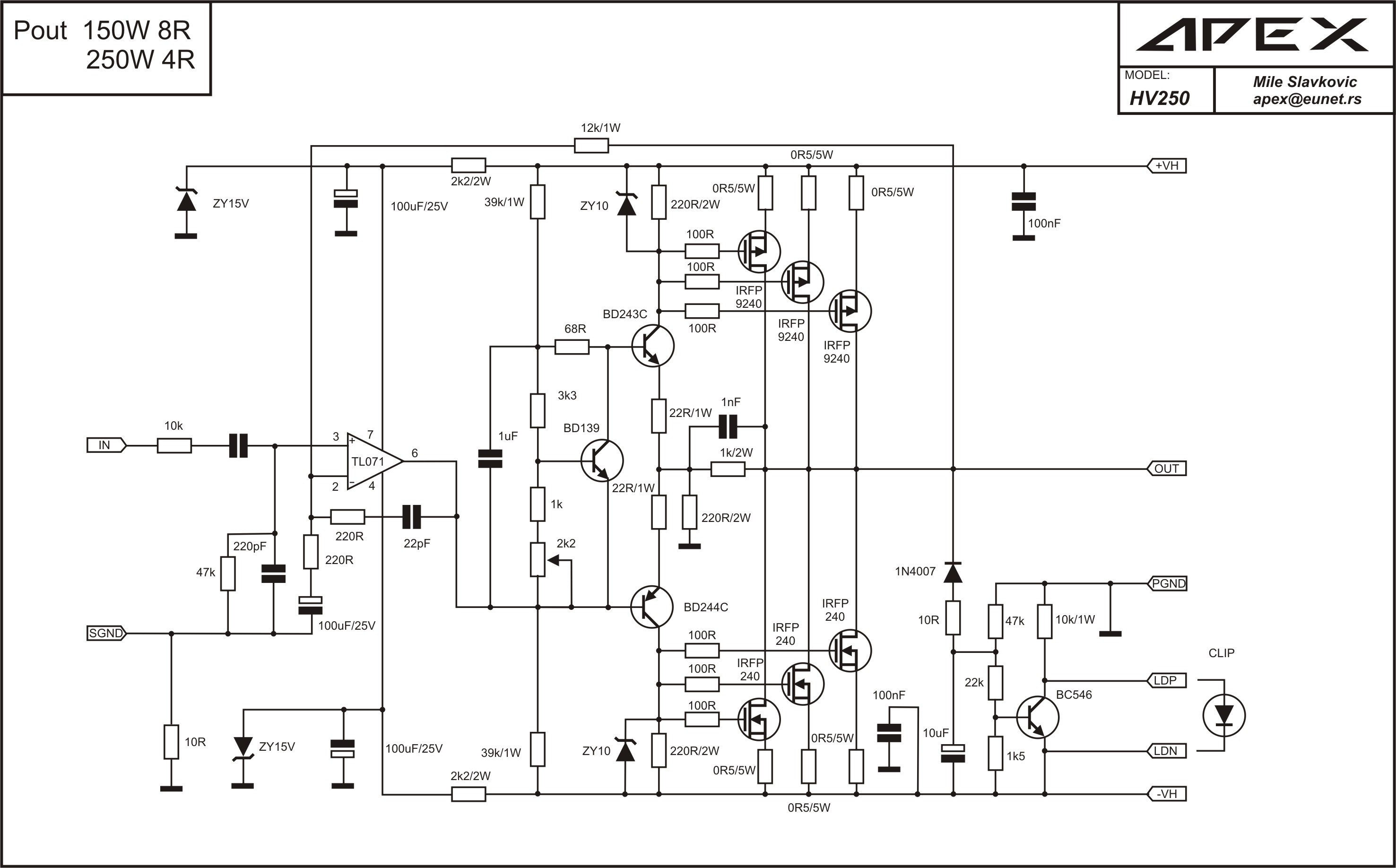

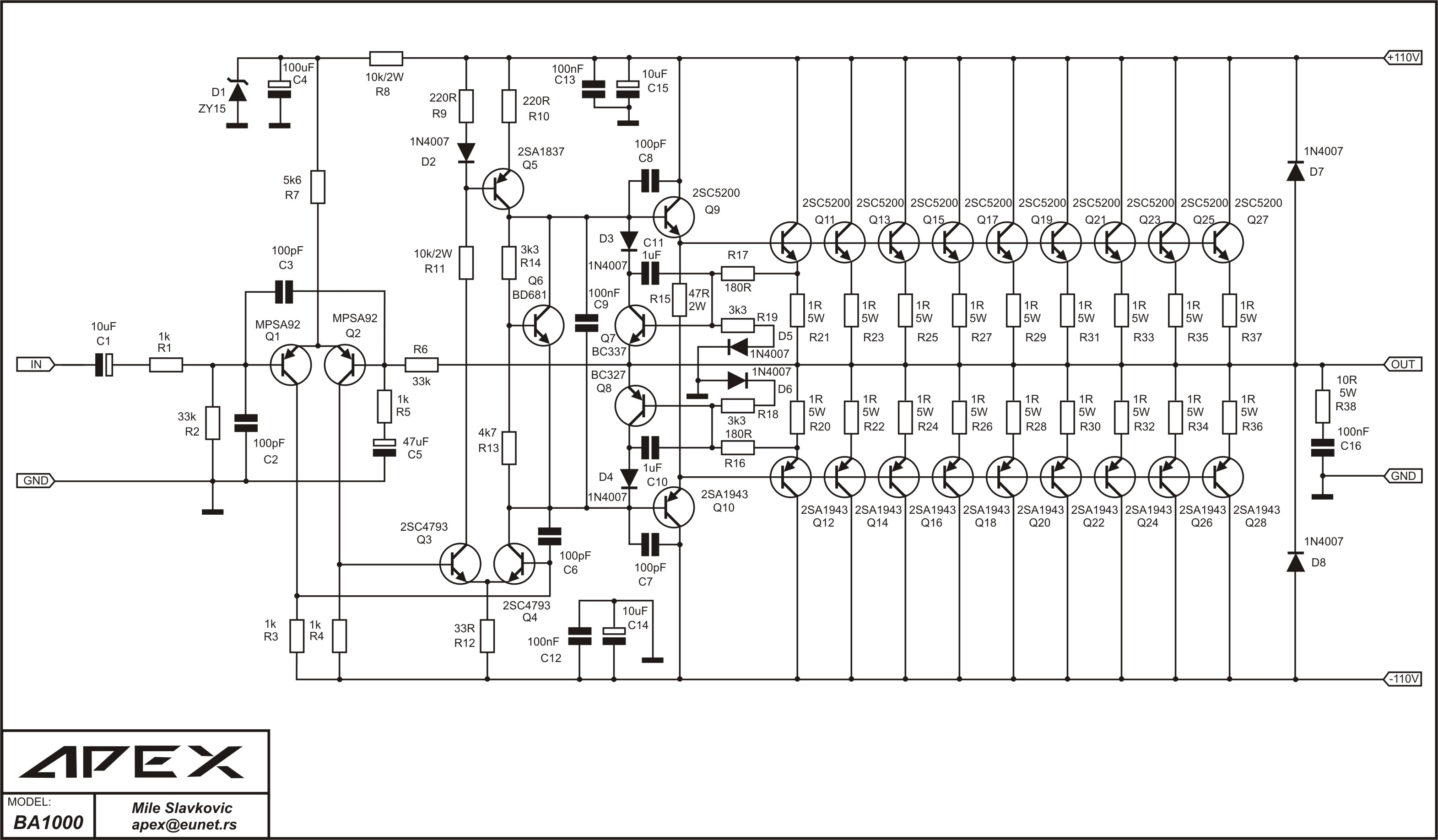

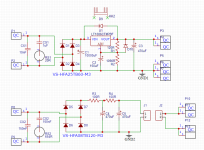
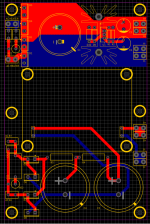
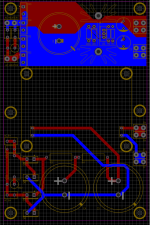
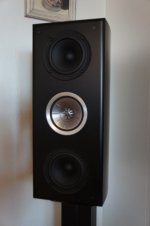
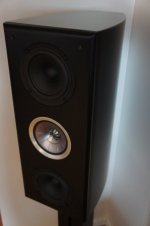
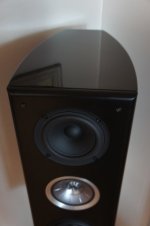
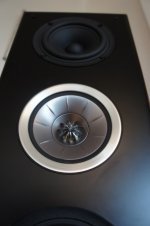
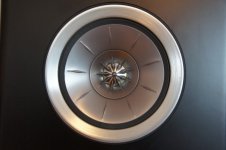
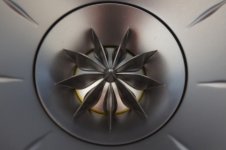
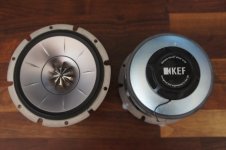
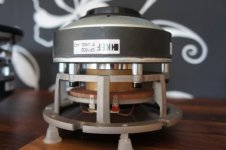
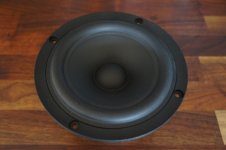
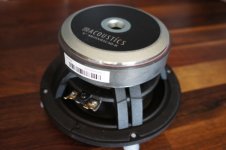
Feb. 20, 2018 v1
Position Mouser # Mfg # Product Description
R101 594-5063JD2K200FT MBA02040C2201FRP00 Metal Film Resistors - Through Hole .4watt 2.2Kohms 1% 1/8watt body size
R102 594-MRS16000C2202FRP MRS16000C2202FRP00 400 mW Thin Film Resistors 22Kohms 1% 50ppm
R103 594-MRS25000C3301FCT MRS25000C3301FCT00 Thin Film Resistors .6watt 3.3Kohms 1%
R104 594-MRS16000C6801FC1 MRS16000C6801FC100 400 mW Thin Film Resistors 6.8Kohm 1% 50ppm
R105 81-PV36Y202C01B00 PV36Y202C01B00 Trimmer Resistors - Through Hole 2.0Kohms 10mm Square 25turn
R106 594-5063JD220R0F MBA02040C2200FC100 Metal Film Resistors .4watt 220ohms 1% 1/8watt body size
R108 Metal Film Resistors .4watt 47ohms 1% 1/8watt body size
R111 594-5063JD820R0F MBA02040C8200FC100 Metal Film Resistors - Through Hole .4watt 820ohms 1% 1/8watt body size
R112 594-5063JD220K0F MBA02040C2203FC100 Metal Film Resistors .4watt 220Kohms 1% 1/8watt body size
R113 588-OK2235E-R52 OK2235E-R52 Carbon Film Resistors 22K Ohm 1/4W 5% 250 Volt (ok to use high quality Vishay-Dale 1% metal thin film here)
R121 *correction* 1k 1% metal thin film
R122 594-5063JD2K200F MBA02040C2201FC100 Metal Film Resistors .4watt 2.2Kohms 1% 1/8watt body size
R123 594-5063JD1K500FT MBA02040C1501FRP00 Metal Film Resistors - Through Hole .4watt 1.5Kohms 1% 1/8watt body size
R124 594-5063JD100K0FT MBA02040C1003FRP00 Metal Film Resistors .4watt 100Kohms 1% 1/8watt body size
R125 652-3296W-1-204LF 3296W-1-204LF Trimmer Resistors - Through Hole 3/8" 200Kohms Sealed Vertical Adjust
R126 594-5063JD220R0F MBA02040C2200FC100 Metal Film Resistors .4watt 220ohms 1% 1/8watt body size
R1270 81-PV36Y202C01B00 PV36Y202C01B00 Trimmer Resistors - Through Hole 2.0Kohms 10mm Square 25turn
R127 594-5063JD1K400F MBA02040C1401FC100 Metal Film Resistors .4watt 1.4Kohms 1% 1/8watt body size
R128 594-5063JD680R0F MBA02040C6800FC100 Metal Film Resistors .4watt 680ohms 1% 1/8watt body size
R129 594-5063JD220R0F MBA02040C2200FC100 Metal Film Resistors .4watt 220ohms 1% 1/8watt body size
R131 0.47ohms 3W Panasonic ERX
R132 0.22ohms 3W Panasonic ERX (or two 0.47R in parallel is ok too) Do not use thick film metal oxide or inductive wirewound here
C101 505-FKP2D002201D00HA FKP2D002201D00HA00 FKP - Film Capacitors 220 pF 100 VDC 2.5%
C102 555-RFS35V100ME3#5 RFS-35V100ME3#5 Aluminum Electrolytic Capacitors - Leaded 10uF 35V 20% Audio SILMIC II
C103 *correction* use 470uF to 1000uF 35v is ok and no audio passes through this cap but large 1000uF prevents turn-on thump.
C1020 Bypass 871-B32523Q1225K B32523Q1225K000 22.5mm LS Film Capacitors 2.2uF 100volts 10%
C1020 (alternate) 75-MKP1848610914P2 MKP1848610914P2 Film Capacitors 10uF 1100volt 5% 2pin 37.5mm LS
C1021 80-PHE426HR8100JR6L2 PHE426HR8100JR06L2 Film Capacitors 250volts 10uF 5% LS 37.5mm
C1022 871-B32672P6105K B32672P6105K Film Capacitors 1.0uF 10% 630Vdc MKP PFC, LS 15MM
C105 581-12061A180FAT2A 12061A180FAT2A Multilayer Ceramic Capacitors MLCC - SMD/SMT 100V 18pF C0G 1206 1%
C111 555-RFS50V102MK9#5 RFS-50V102MK9#5 Aluminum Electrolytic Capacitors - Leaded 1000uF 50V 20% Audio SILMIC II
C112 505-MKP2J021001E00MS MKP2J021001E00MSSD Film Capacitors 0.01 uF 630 VDC 20%
C113 581-12061A180FAT2A 12061A180FAT2A Multilayer Ceramic Capacitors MLCC - SMD/SMT 100V 18pF C0G 1206 1%
C115 505-MKS2C041001FJC00 MKS2C041001F00JC00 Film Capacitors 1uF 63 Volts 5%
C121 505-MKS4C041002EKSSD MKS4C041002E00KSSD Film Capacitors 1uF 63 Volts 5%, 7.5mm Lead spacing
C122 647-UFG2A221MHM UFG2A221MHM Nichicon Aluminum Electrolytic Capacitors - Leaded 220uF 100 Volts 20% Tol.
C122 alternate 555-RFS35V221MI6#5 RFS-35V221MI6#5 Elna Simic II electrrolytic 220uF 35v
C128 647-UFG2A221MHM UFG2A221MHM Nichicon Aluminum Electrolytic Capacitors - Leaded 220uF 100 Volts 20% Tol.
C128 alternate 555-RFS35V221MI6#5 RFS-35V221MI6#5 Elna Simic II electrrolytic 220uF 35v
C127 505-MKS2C041001FJC00 MKS2C041001F00JC00 Film Capacitors 1uF 63 Volts 5%
V101 512-KSA992FBU KSA992FBU Bipolar Transistors - BJT PNP Epitaxial Sil
V102 512-KSA992FBU KSA992FBU Bipolar Transistors - BJT PNP Epitaxial Sil
V103 512-KSC1845FTA KSC1845FTA Bipolar Transistors - BJT NPN Epitaxial Sil
V121 512-BC547CBU BC547CBU Bipolar Transistors - BJT NPN 45V 100mA HFE/800 - TO-92-3
V131 844-IRFP240PBF IRFP240PBF MOSFET N-Chan 200V 20 Amp
V132 844-IRFP9240PBF IRFP9240PBF MOSFET P-Chan 200V 12 Amp
D035 78-1N4148 1N4148TR 500 mW Diodes - General Purpose, Power, Switching 100V Io/150mA T/R
X141, 142, 143, 144, 131, 132 534-1287 1287 Keystone Terminals .250" PCB TERMINAL
X101 571-3-641213-2 3-641213-2 TE Connectivity - Headers & Wire Housings POLARIZED HEADER 2P Straight Post gold
danibosn - 2 sets
Yoaudio - 1 set
BRN - 1 set
pieter t - 1 set
danny_66 - 1 set
jvojvo - 1 set
postip - 1 set
tonza75 2 set
spind - 1 set
mk15 - 1 set
